- Exhibition Period
Thursday, May 30, 2024 - Friday, September 6, 2024. - Venue
Azabudai Hills Gallery (Azabudai Hills Garden Plaza A MBF)
Curated by: Alexander S. C. Rower, President, Calder Foundation
ABOUT
About the exhibition
Azabudai Hills Gallery (Azabudai Hills Garden Plaza A MBF) will host Calder: Un effet du japonais—the artist’s first solo exhibition in Tokyo in nearly 35 years—from Thursday, May 30, 2024 to Friday, September 6, 2024.
Calder: Un effet du japonais will explore the enduring resonance of the American modernist’s art with Japanese traditions and aesthetics. Curated by Alexander S. C. Rower, President of the Calder Foundation, New York, and organized in collaboration with Pace Gallery, the exhibition will comprise approximately 100 works from the collection of the Calder Foundation that span the 1920s to the 1970s, ranging from the artist’s signature mobiles, stabiles, and standing mobiles to his oil paintings and works on paper.
While Calder never traveled to Japan himself, he was embraced by many of the country’s artists and poets during his lifetime. Today, more than two dozen of his works can be found in 18 museums across Japan. In the spirit of Calder’s collaborations with the greatest architects of his time, New York-based Stephanie Goto—longtime Calder Foundation collaborator—has created a bespoke exhibition design rooted in the geometry of a 3:4:5 triangle that features elegant and modern references to Japanese architecture and materials.
Calder: Un effet du japonais is organized as part of a new curatorial partnership between Azabudai Hills Gallery and Pace Gallery, which will open a permanent space in July 2024 in Tokyo’s Azabudai Hills. Pace has worked closely with the Calder Estate since 1984 and has presented numerous exhibitions of Calder’s work at its galleries around the world—including Hong Kong and Seoul. Pace Publishing will release a new catalogue in English and Japanese to accompany the upcoming show in Tokyo.
Artist profile
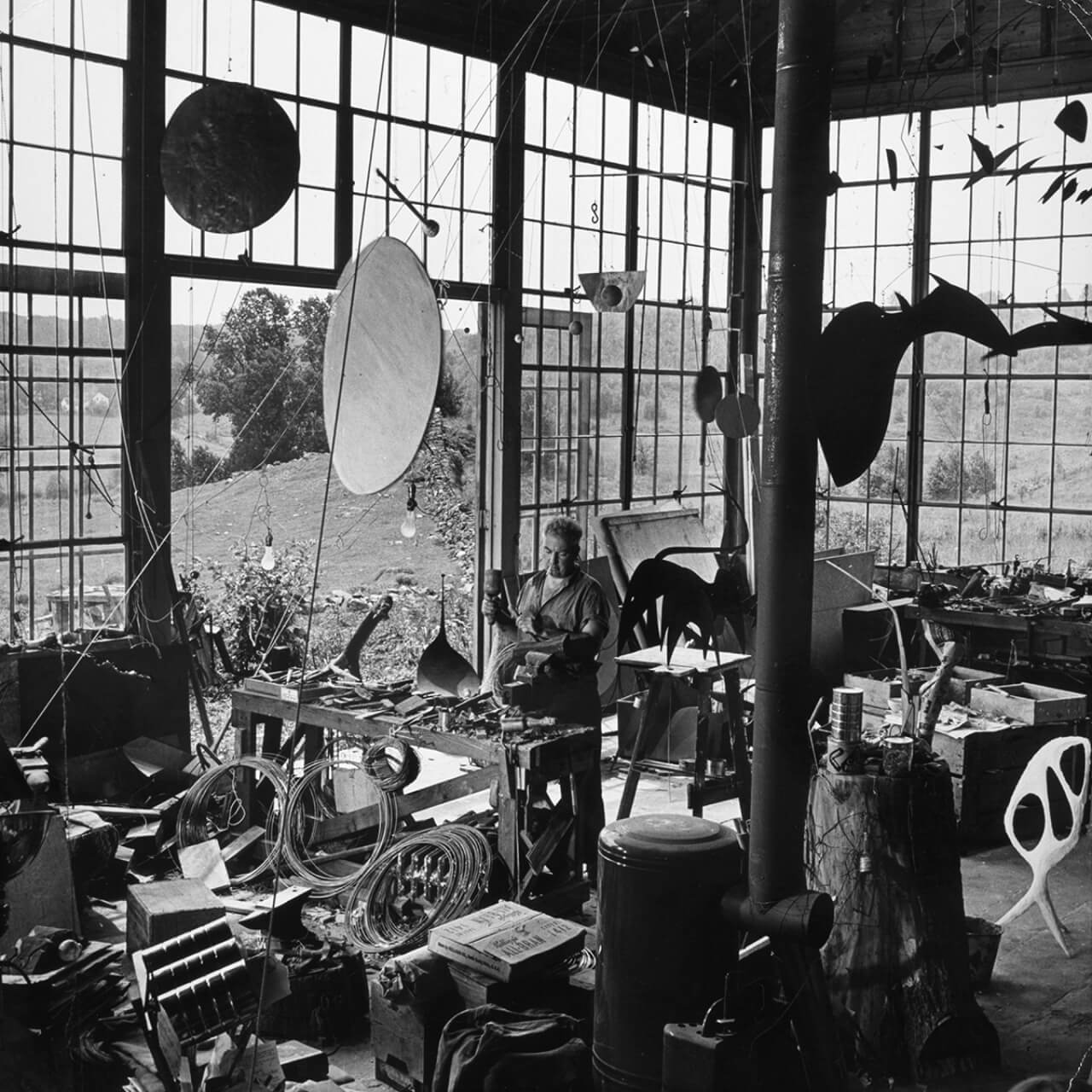
Alexander Calder
Calder (b. 1898, Lawnton, Pennsylvania; d. 1976, New York City) is widely regarded as one of the most important artists of the 20th century. Born into a family of celebrated, though more classically trained artists, he began his artistic practice by developing a new method of sculpting: by bending and twisting wire, he essentially “drew” three-dimensional figures in space. Calder is best known for his invention of the “mobile,” in which suspended, abstract elements move and balance in changing harmony. Coined by Marcel Duchamp in 1931, the term “mobile” refers to “motion” and “motive” in French. Some of the earliest mobiles moved by motors, although these mechanics were virtually abandoned as Calder developed objects that responded to air currents, light, humidity, and human interaction. Using movement as a key element in his hanging mobiles, he was among the first practitioners of kinetic art making. He also created stationary abstract works that fellow artist Jean Arp dubbed “stabiles.”
While he is most renowned for his mobiles, which transformed the modern conception of sculpture, Calder also worked across painting, drawing, printing, and jewelry making. From the 1950s onward, he turned his attention to international commissions and increasingly devoted himself to making outdoor sculpture on a grand scale from bolted steel plates—today, these monumental works can be found in public spaces around the world.
NEWS
- 2024.06.04Pace Publishing will release a new catalogue.
- 2024.04.22Our exhibition website is now open.
- 2024.05.30Ticket information is updated.
OUTLINE
- Exhibition Title
- Calder: Un effet du japonais
- Organizer
- Azabudai Hills Gallery in collaboration with Pace Gallery
- Curated by
- Alexander S. C. Rower, President, Calder Foundation
- Exhibition design
- Stephanie Goto Architecture
- Exhibition Period
- Thursday, May 30, 2024 - Friday, September 6, 2024.
- Closed Day
- Tuesday, June 4, 2024, Tuesday July 2, 2024, Tuesday August 6, 2024
- Venue
- Azabudai Hills Gallery
(Azabudai Hills Garden Plaza A MBF, 5-8-1 Toranomon, Minato-ku, Tokyo) - Opening Hours
- Monday/Tuesday/Wednesday/Thursday/Sunday 10AM-6PM
Friday/Saturday/Days preceding national holidays 10AM-7PM
*Last entry 30 minutes before closing time. - Inquiries
- azabudaihillsgallery@mori.co.jp
- Access
- Direct connection from Exit 5 of Kamiyacho Station on Tokyo Metro Hibiya Line
View on Google Map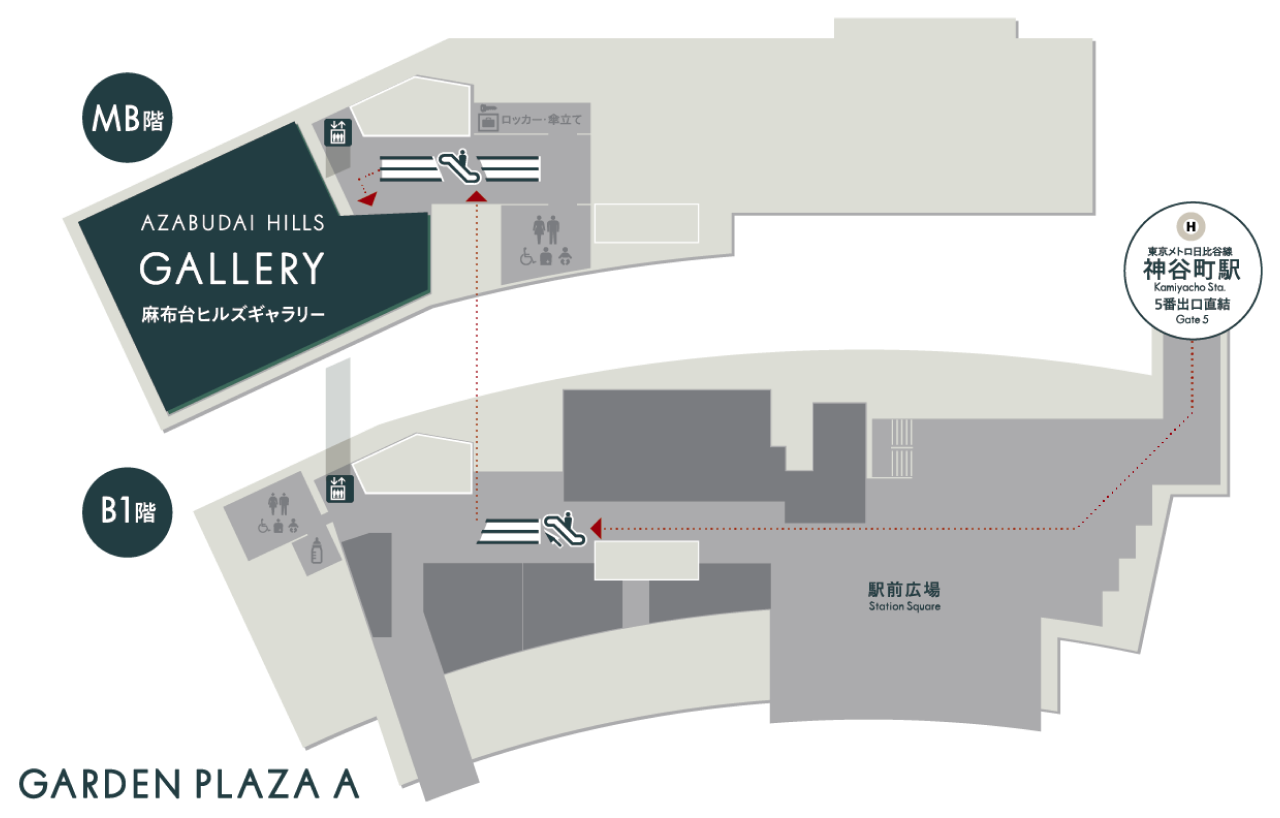
Press Inquiries
Azabudai Hills Gallery Public Relations Office
Email: az-gallery@mori.co.jp
HIGHLIGHTS
Venue Photo
Hanging Mobiles
Standing Mobiles
Stabiles
Oil Paintings
Works on Paper
Panel
EXHIBITION DESIGN
In the spirit of Calder’s collaborations with the greatest architects of his time, New York-based Stephanie Goto—longtime Calder Foundation collaborator—has created a bespoke exhibition design rooted in the geometry of a 3:4:5 triangle that features elegant and modern references to Japanese architecture and materials.
The exhibition is organized around two central pavilions, placed in retrospect to the triangular diagonal. The square plan recalls that of the teahouse and the Noh theater stage, anchoring the plan’s heart center. A perception of space is punctuated by the concept of ma, which means a “pause” that gives an idea of space, including the concept of time. Traditional Japanese materials—wood, paper, plaster—enhance this pause and absence, adding a tactile human quality further defined by the pavilion’ s ceilings, clear planes of light in the form of illuminated zigzag overhanging eaves.
Stephanie Goto| Exhibition design
A longtime Calder Foundation collaborator, Japanese architect Stephanie Goto has become a leader in creating truly unique and integrated experiential spaces that embrace the relationality between architecture, culture, art, gastronomy, and hospitality. Goto founded her multidisciplinary practice in 2004, and notable commissions include the Calder Foundation’s Project Space; scenography design for Calder exhibitions at Hauser & Wirth, Los Angeles, and Pace Gallery, New York; Caesarstone Experience Center in Georgia; multisensory experiential design for Dom Pérignon; and in 2023, Goto’s first project in Japan for Chef Jean-Georges Vongerichten at the Shinmonzen, Kyoto.
MESSAGES
See below quotes from Alexander S. C. Rower, President of the Calder Foundation and Calder's grandson, and Marc Glimcher, CEO of Pace Gallery, in conjunction with the opening of this exhibition.
In relation to Calder: Un effet du japonais
Alexander Calder is one of the most important figures in our gallery’s history and in the history of Modernism itself. Pace’s first exhibition dedicated to Calder’s work was presented in New York in 1985, and we’re so grateful to have maintained a strong relationship with the Calder Foundation over the past 40 years. Calder: Un effet du japonais will be a historic exhibition in its own right, and it will also kick off our special partnership with Azabudai Hills Gallery. We look forward to many future curatorial collaborations that bring our artists’ work to new audiences in Tokyo, where we’re thrilled to open our first permanent gallery this summer.
Marc Glimcher
About Pace Gallery
Pace is a leading international art gallery founded in 1960 by Arne Glimcher. Now led by his son Marc Glimcher, its roster includes legendary 20th century figures and some of today’s most influential contemporary artists. The gallery has seven locations around the world including in New York, Los Angeles, London, Geneva, Hong Kong, and Seoul. Pace’s new Tokyo gallery in Azabudai Hills, opening in 2024, will be its eighth global location. The gallery spans three floors with interiors designed by Sou Fujimoto.
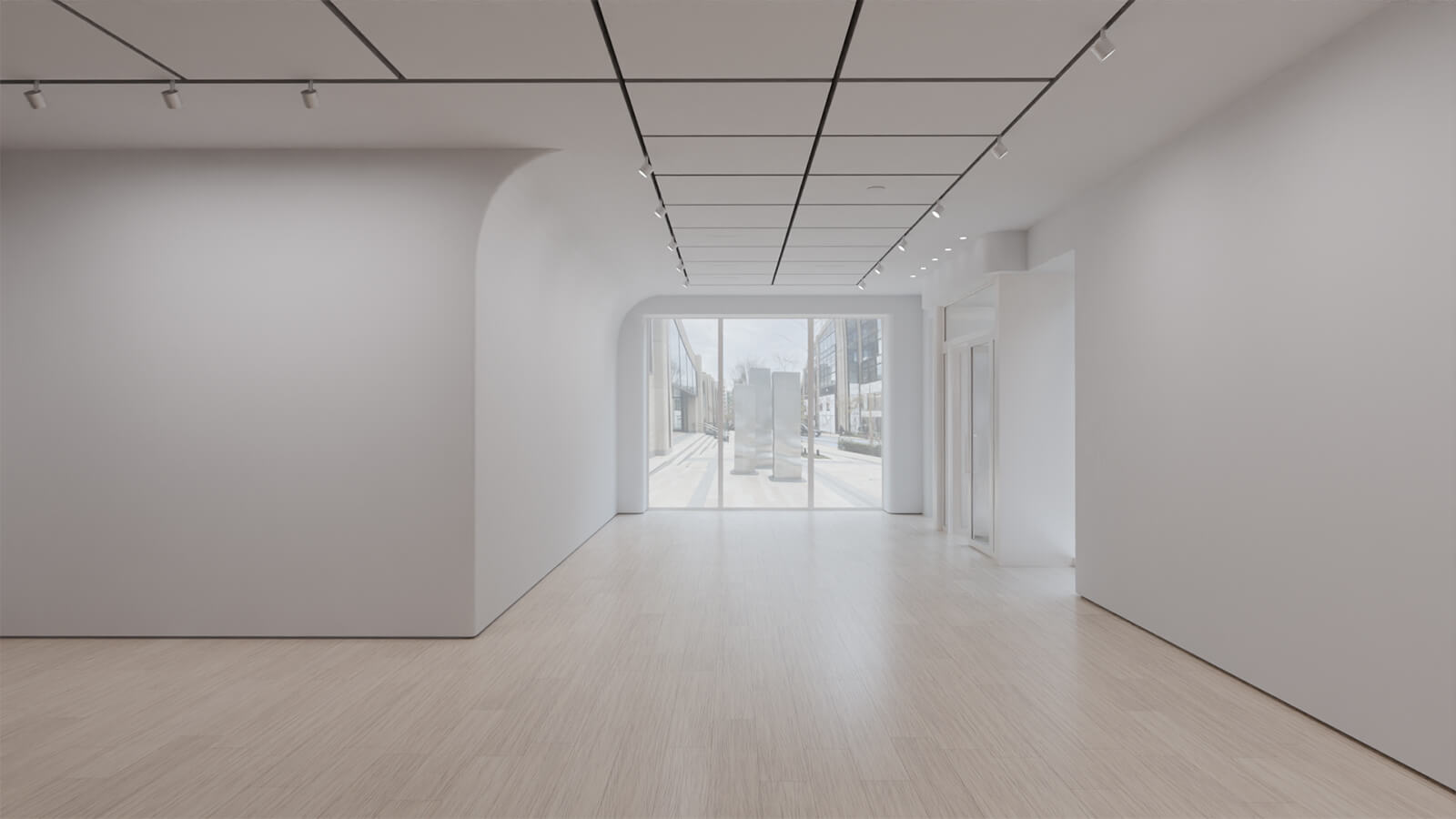
Venue Notes
- Changes may occur in exhibition dates, opening hours, etc. Please check the exhibition homepage for the latest information.
- Please do not touch either the works on display or the display cases.
- Photos may only be taken with personal cellphones. No flash photography allowed.
- The use of tripods and other photography equipment (including selfie sticks) is prohibited.
- Please refrain from copying or using writing instruments other than pencils inside the venue.
*During the posting period (6/26-7/15) for the SNS campaign "Capture calder" copying is specially permitted. - In order to protect the works, the museum maintains a constant temperature within the venue. When visiting the museum, we recommend that you wear clothing that allows you to easily regulate your body temperature.
- If you would like to take advantage of complimentary parking, please present your ticket receipt screen at the information counter on the day of your visit.
- For the protection of the artworks, we kindly ask that you store large bags and backpacks in the lockers.
- Please follow the instructions of the staff when visiting. Any behavior that may cause a nuisance to other visitors is strictly prohibited. If you do not comply, you may be refused entry or asked to leave.
- The gallery will not become involved in any disputes between customers.



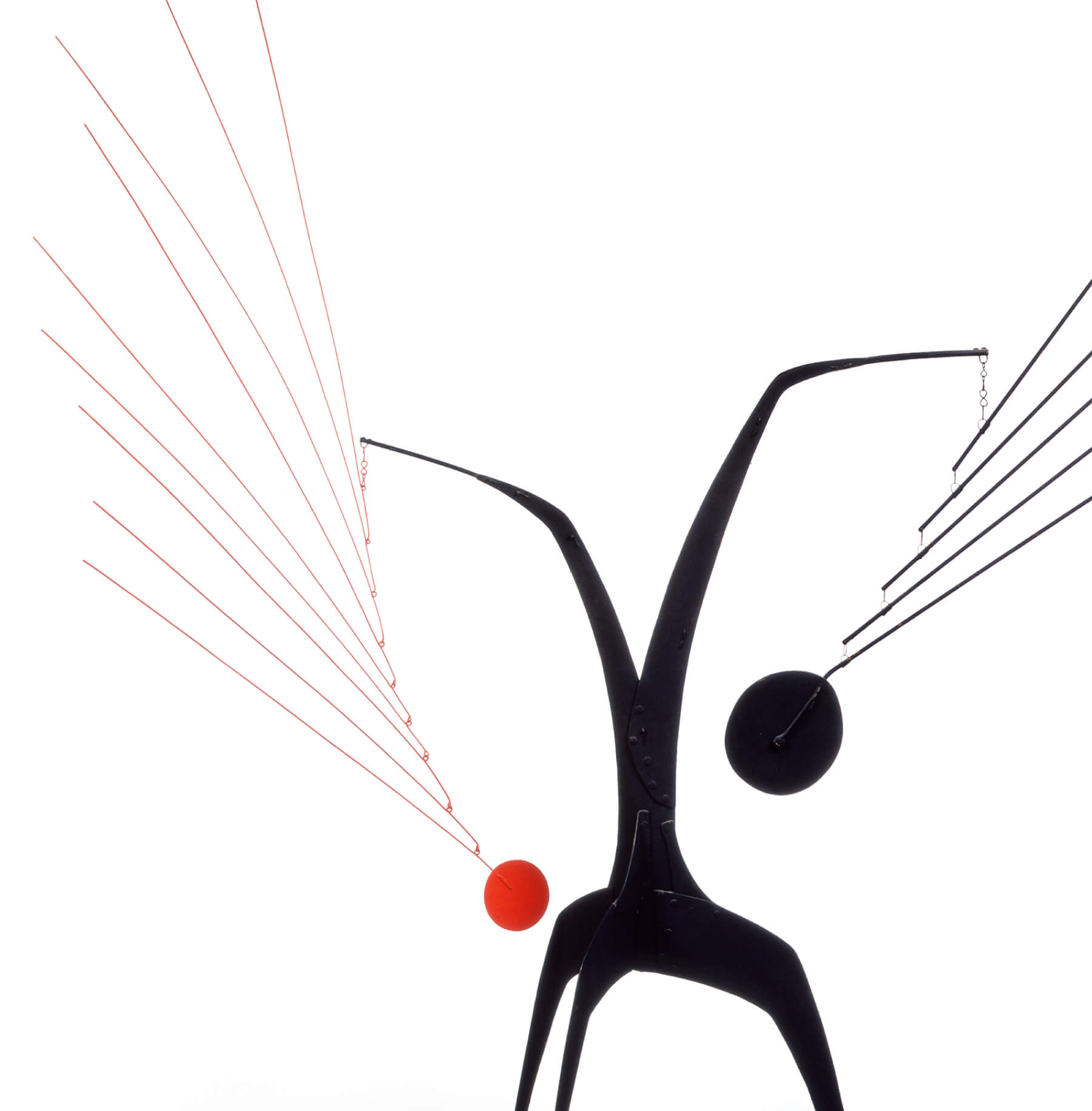
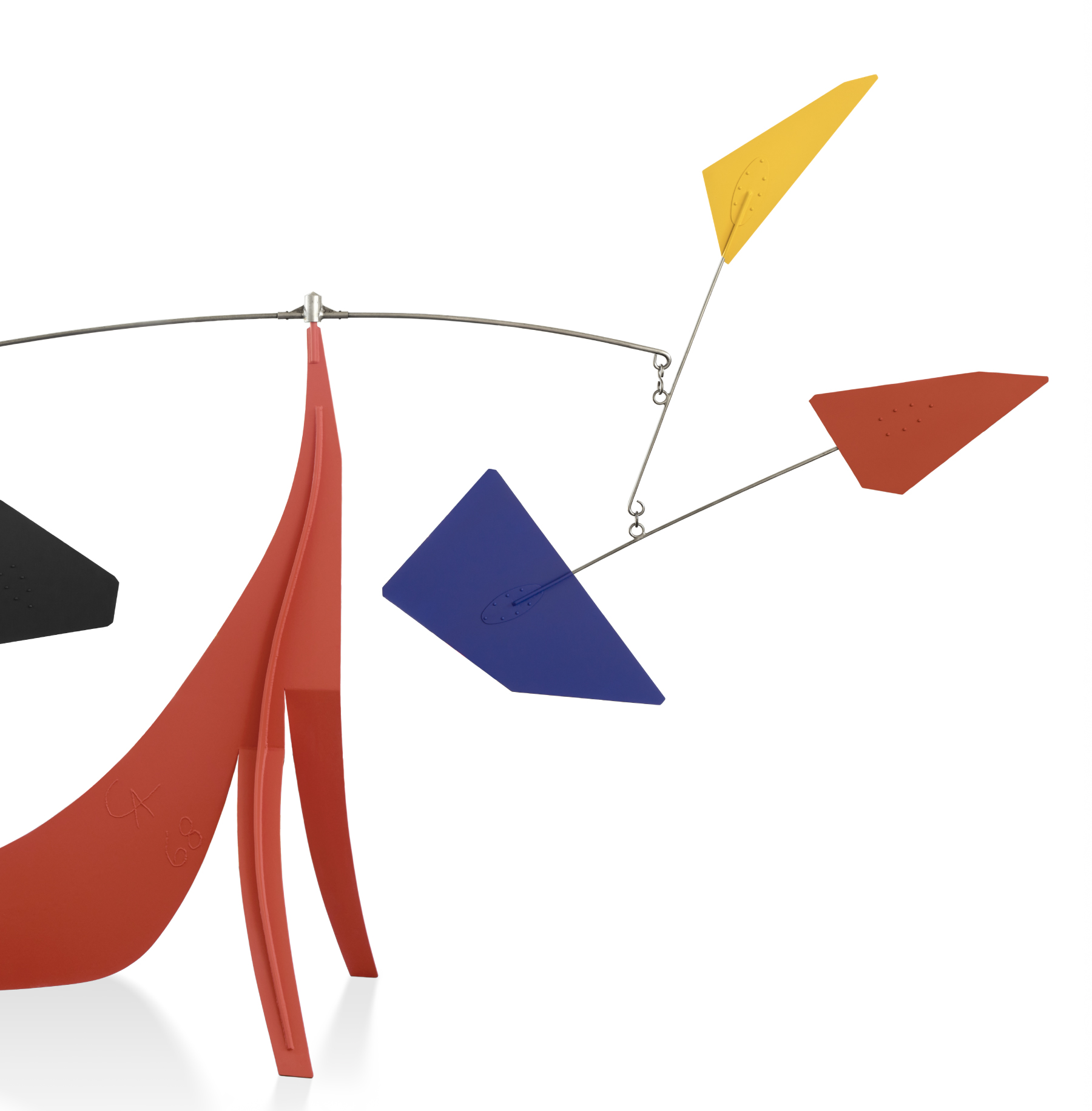
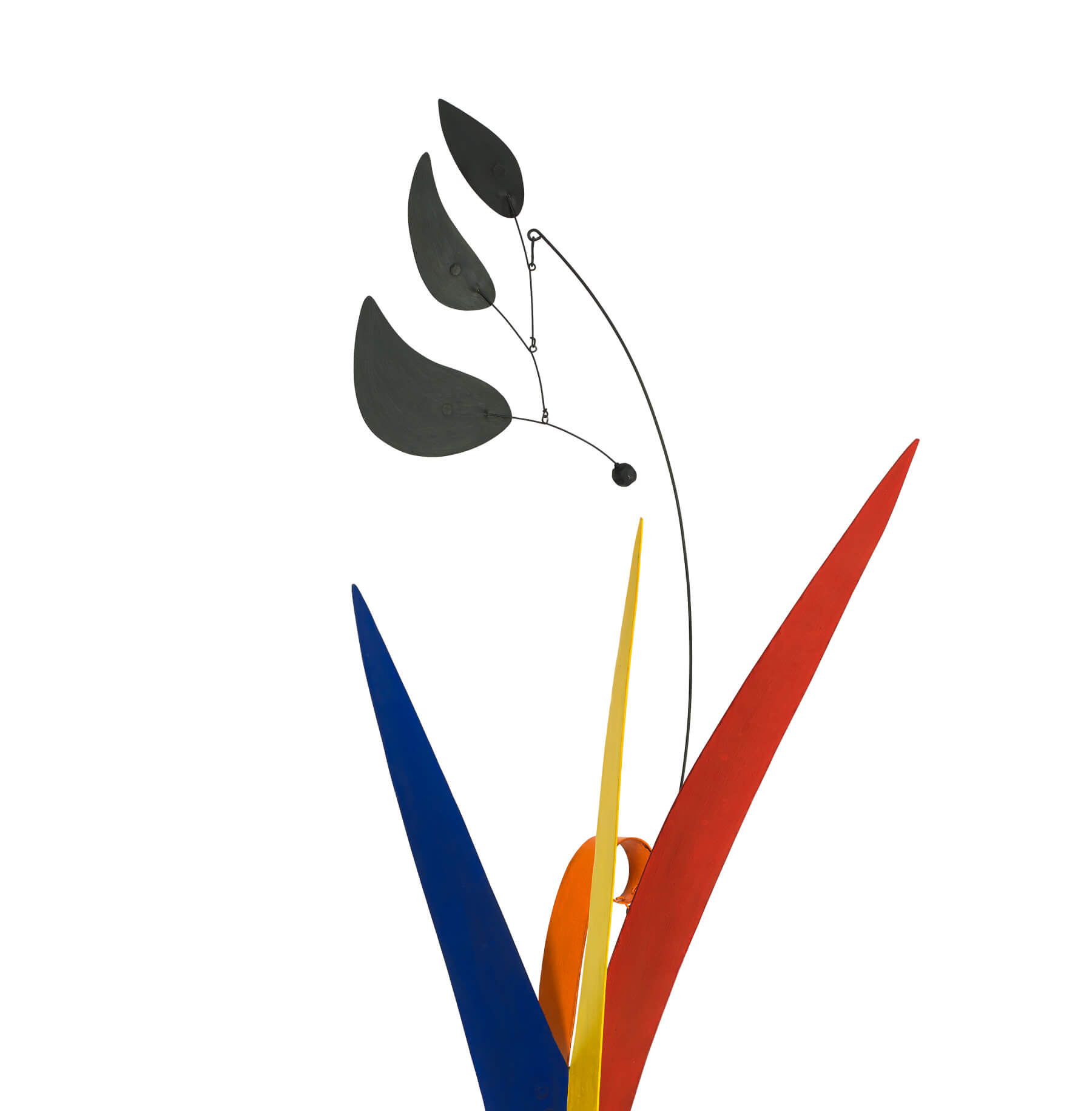
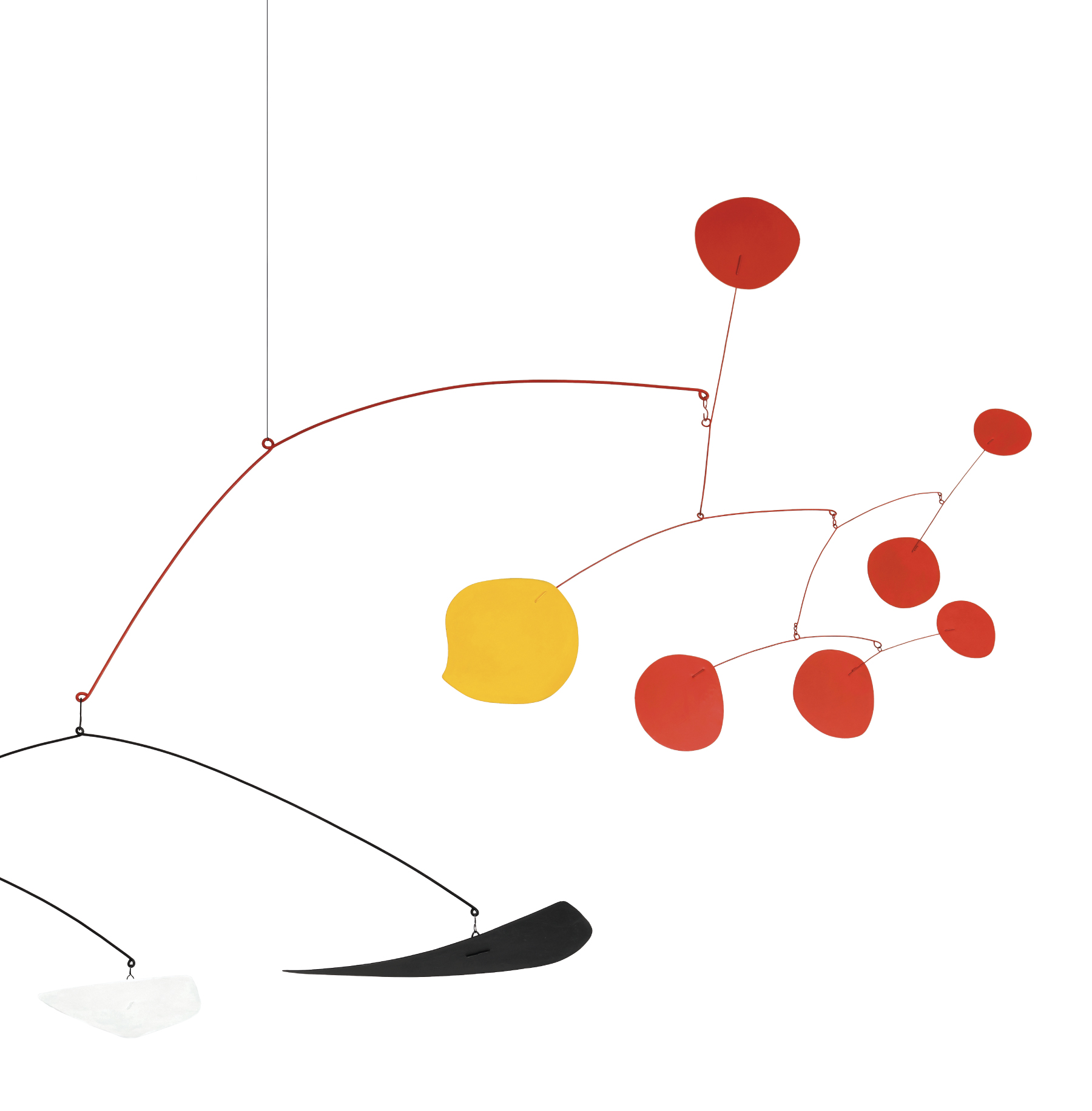
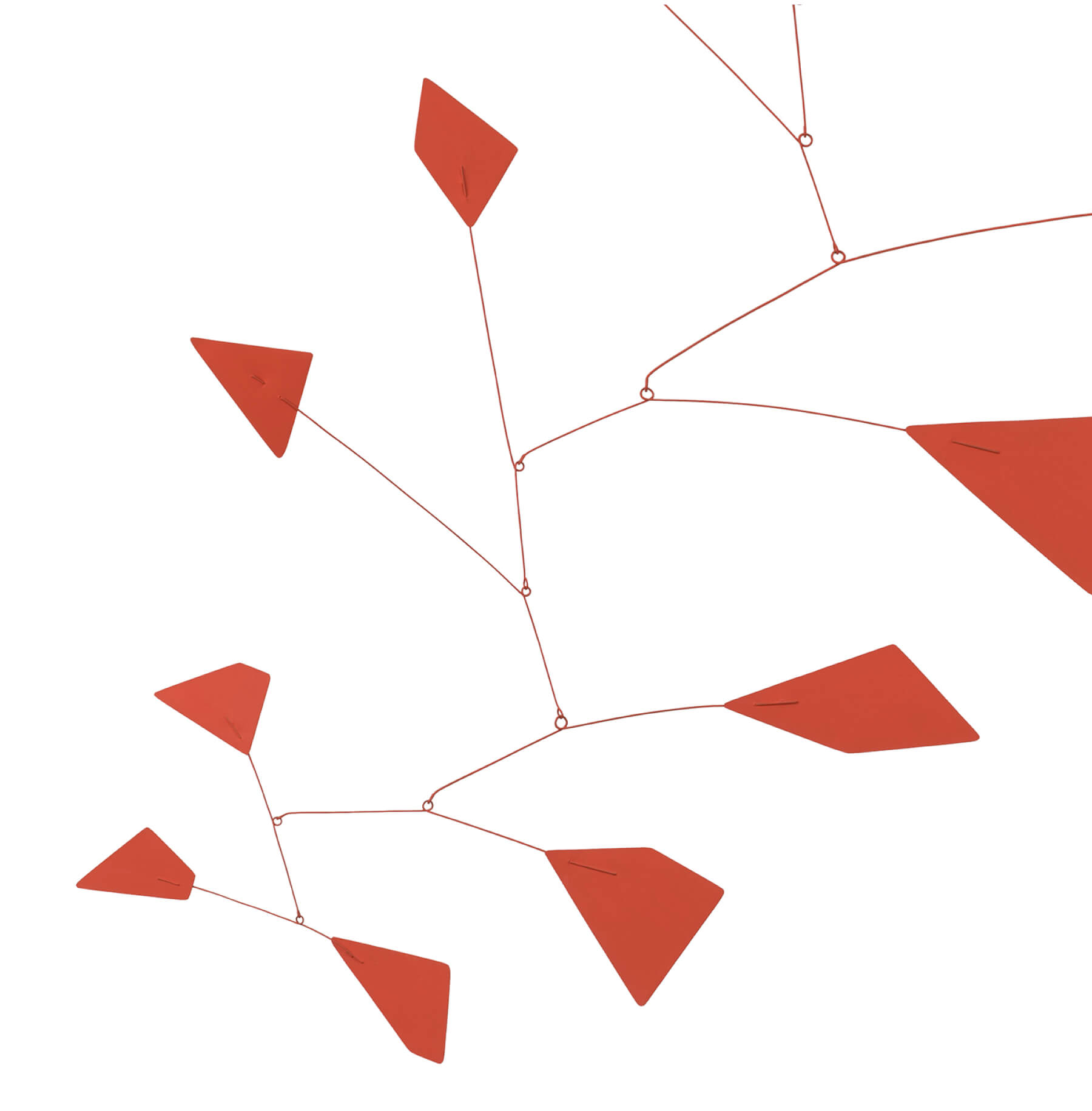







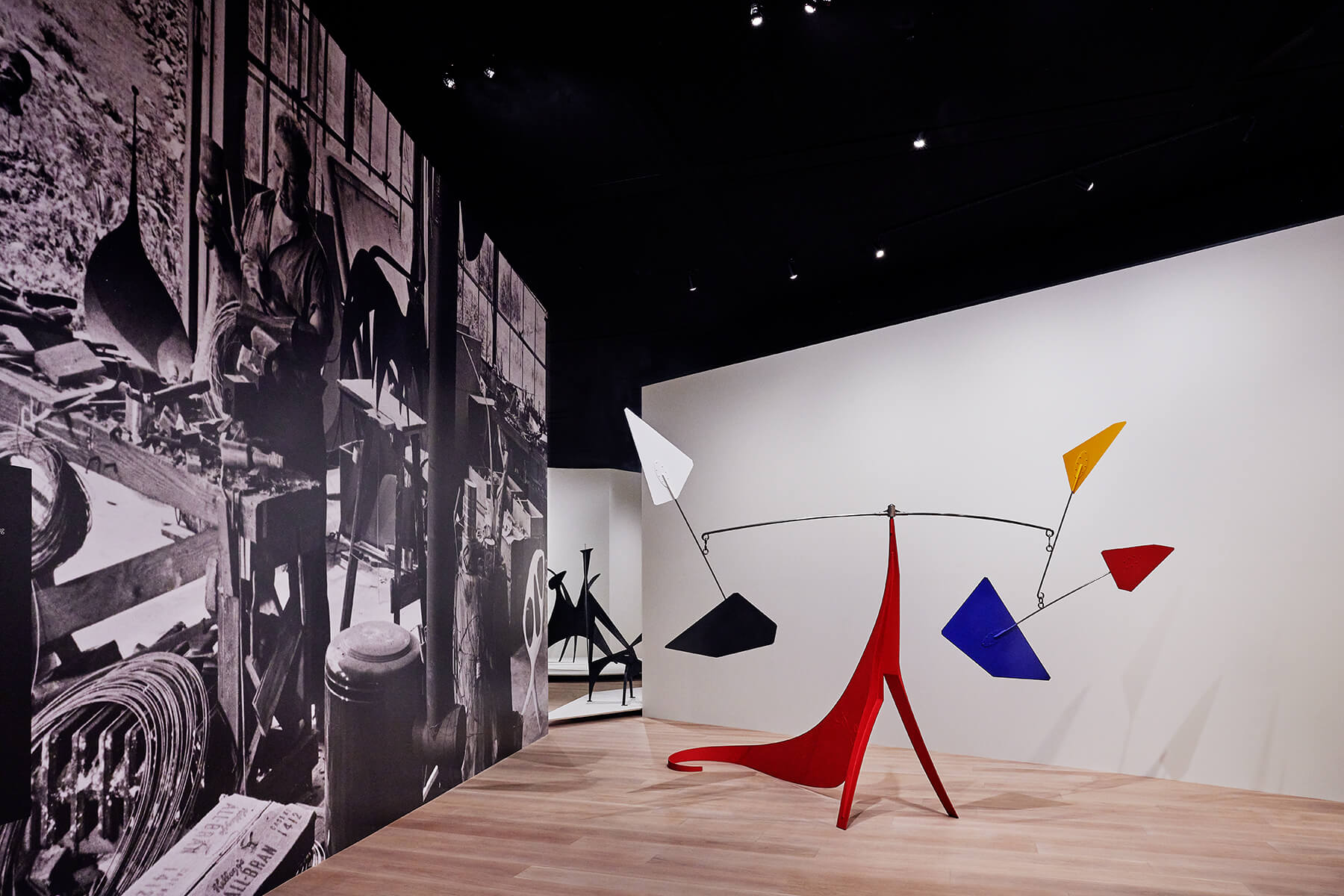
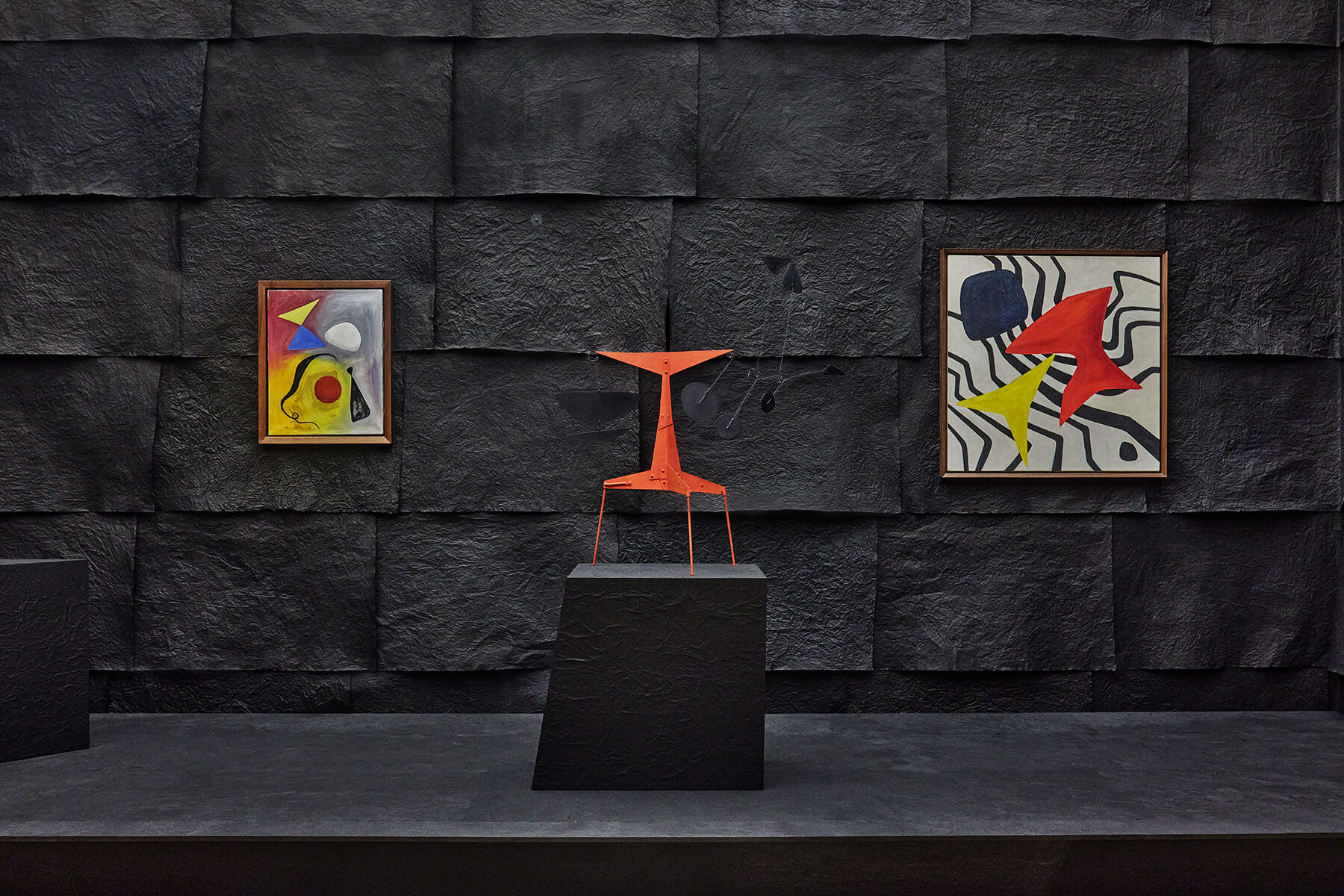
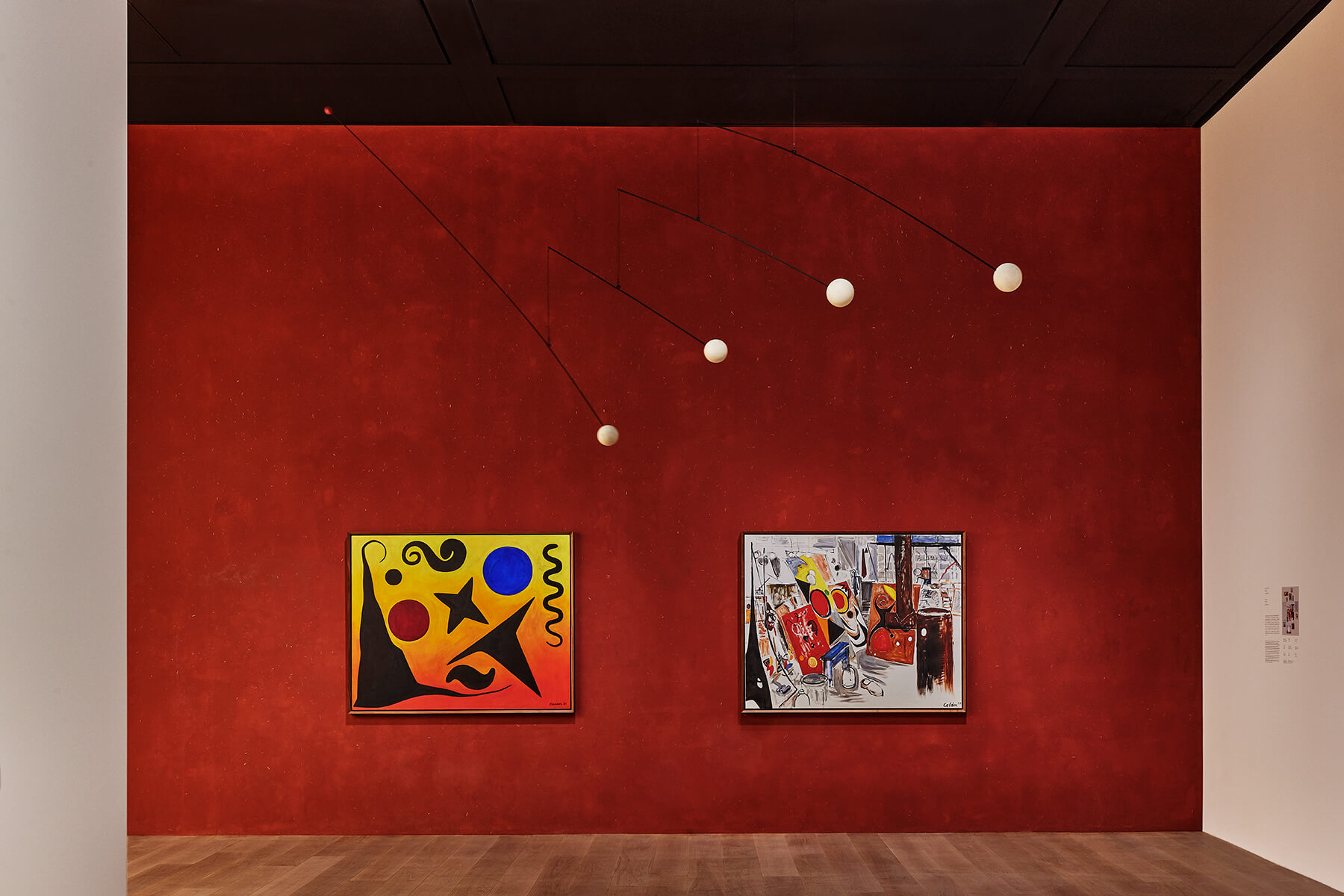
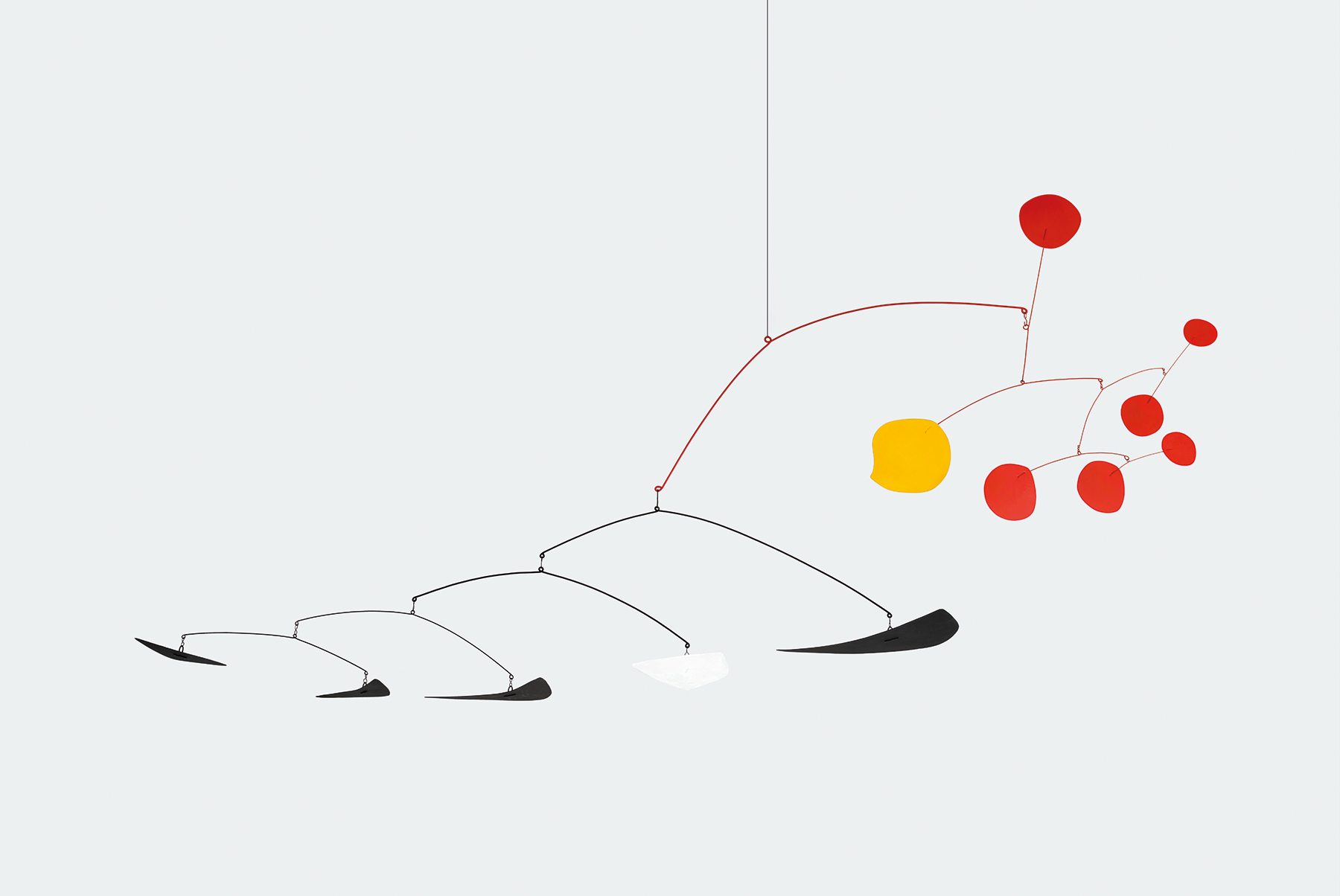
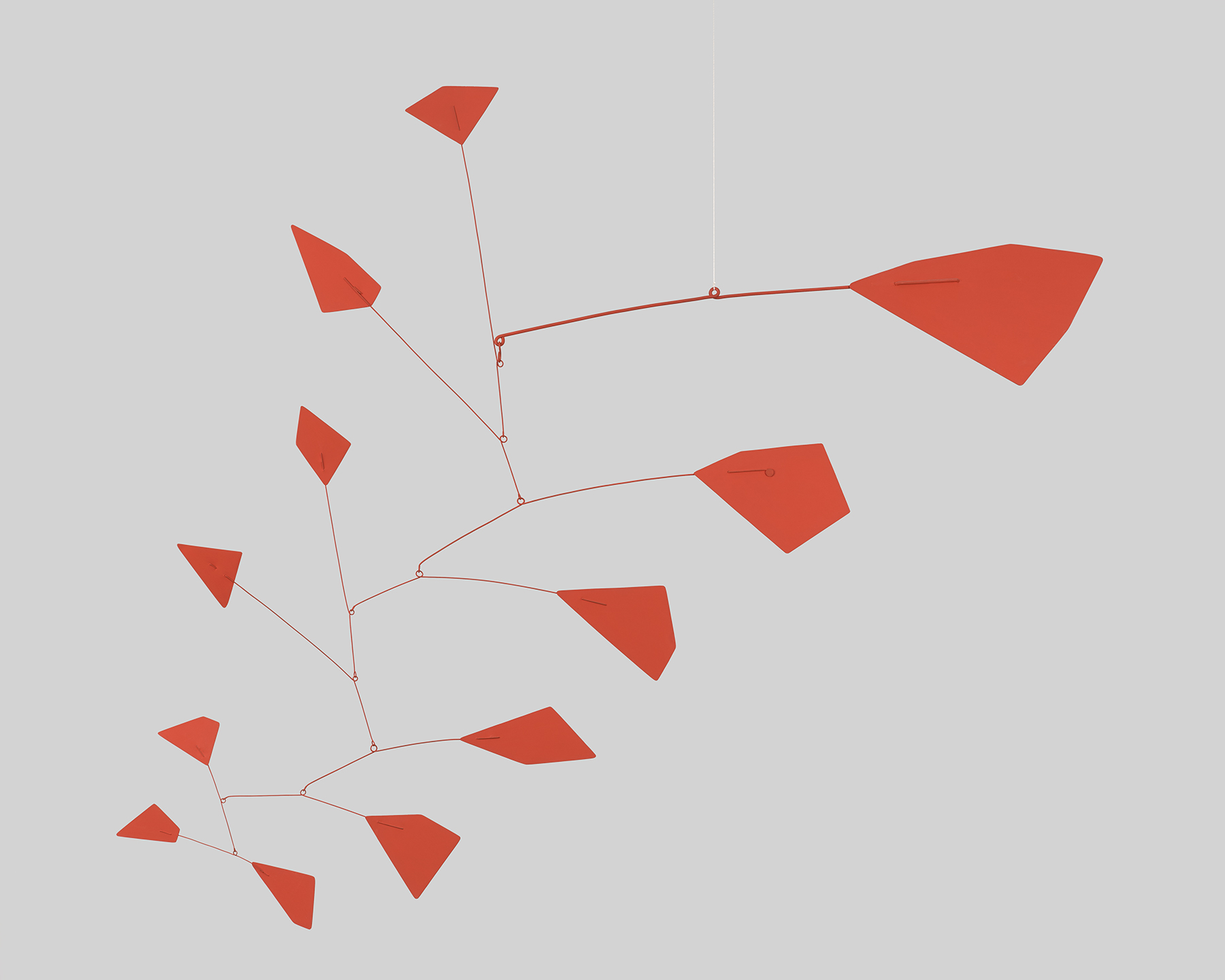
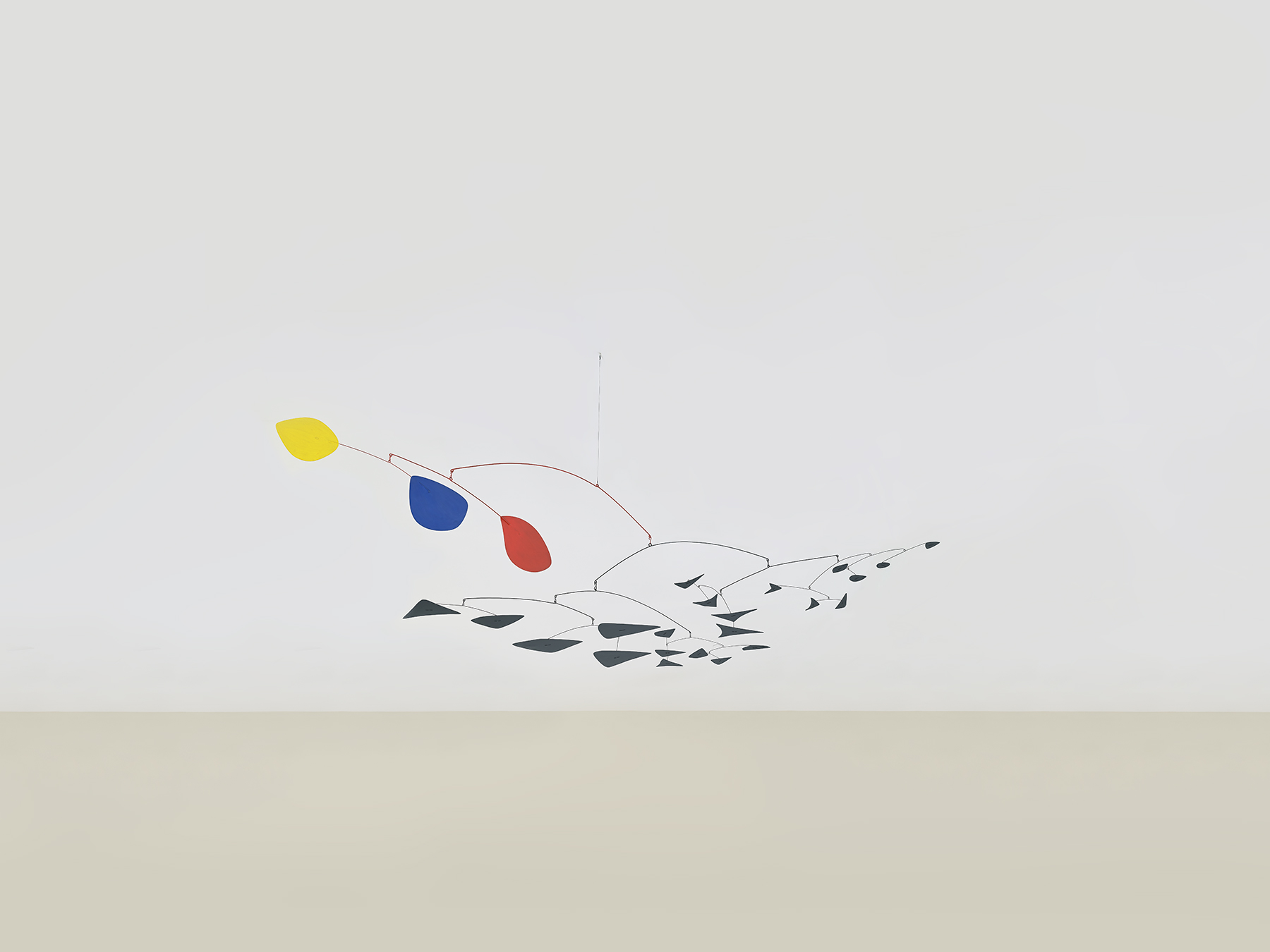
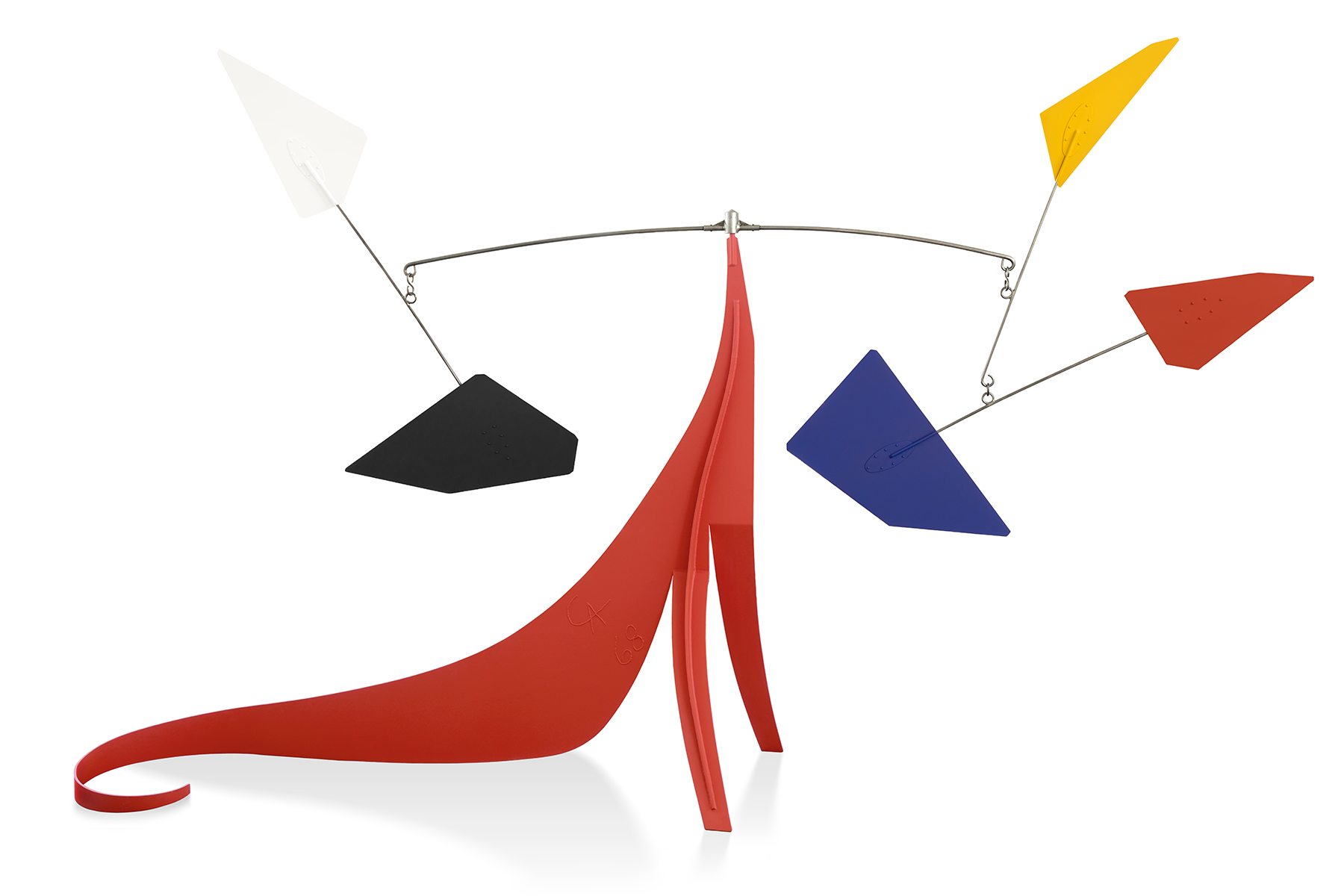
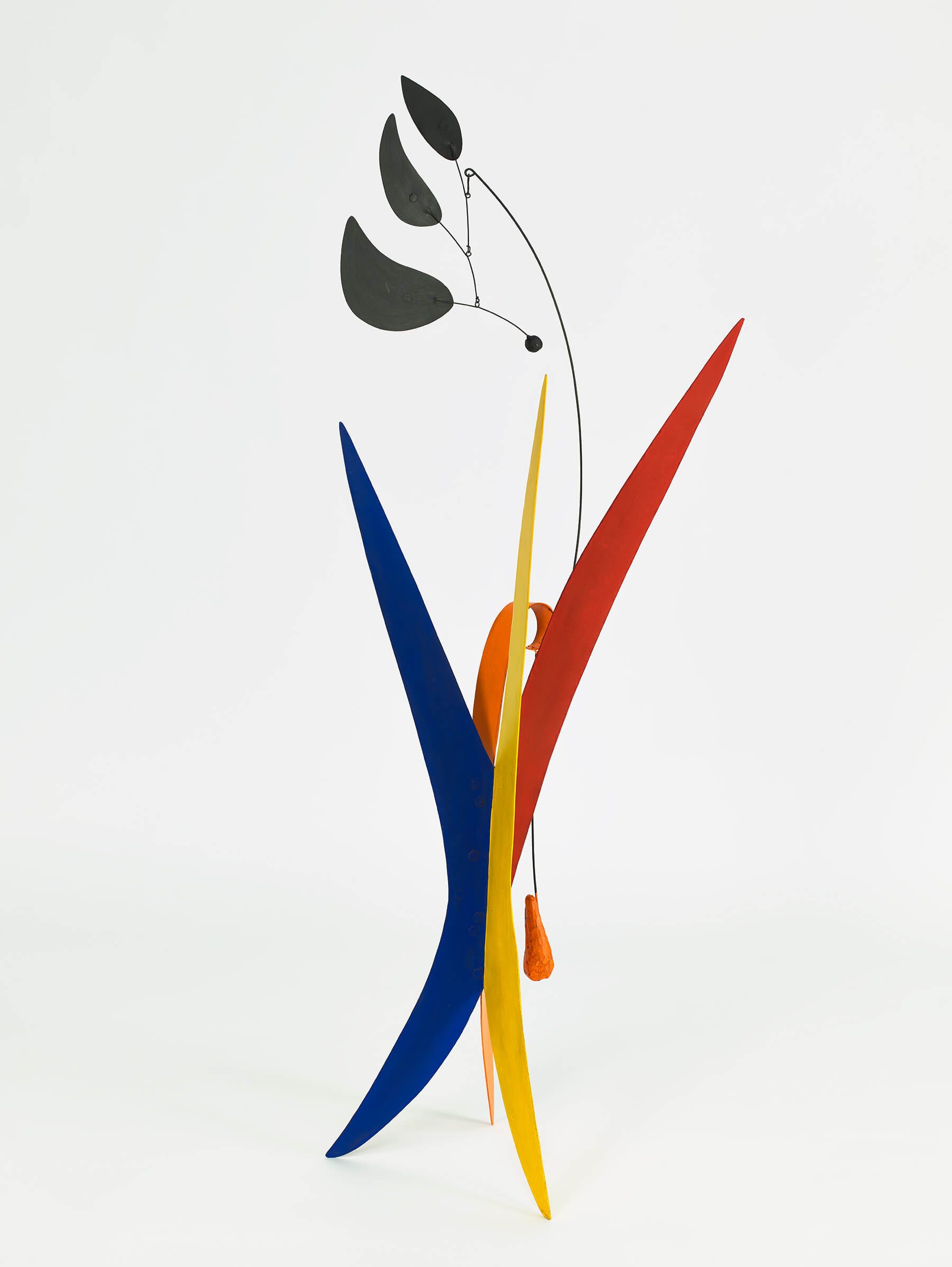
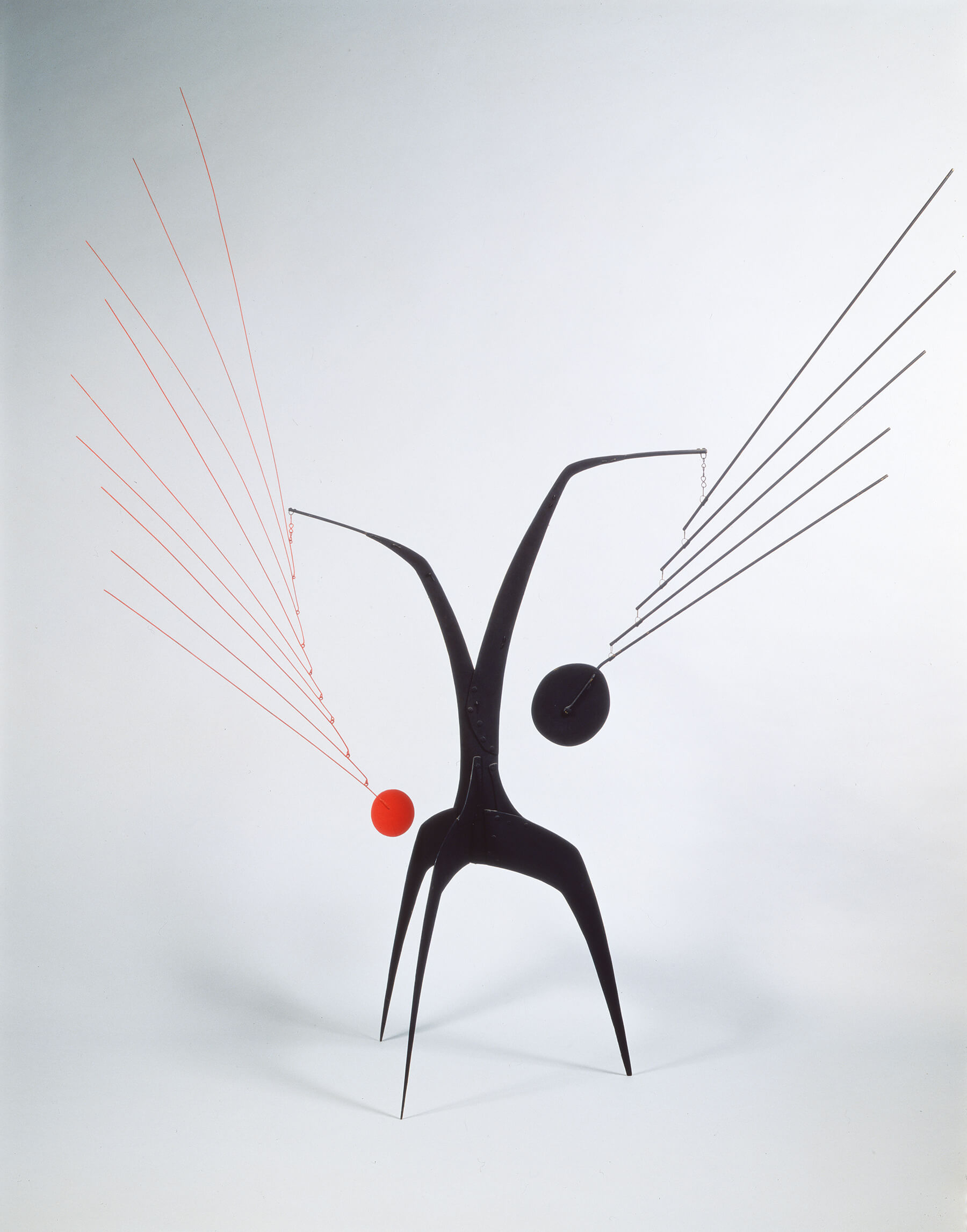
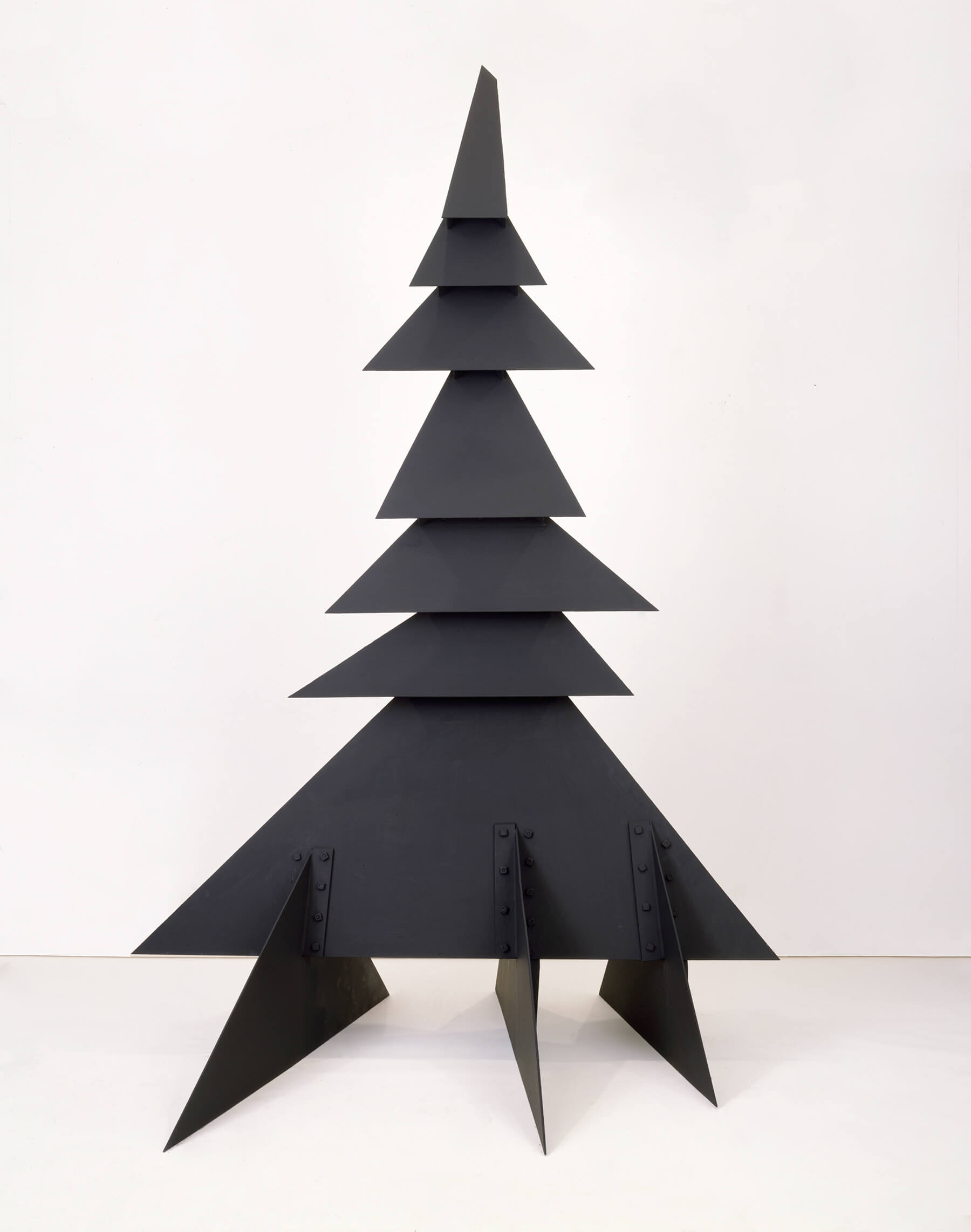
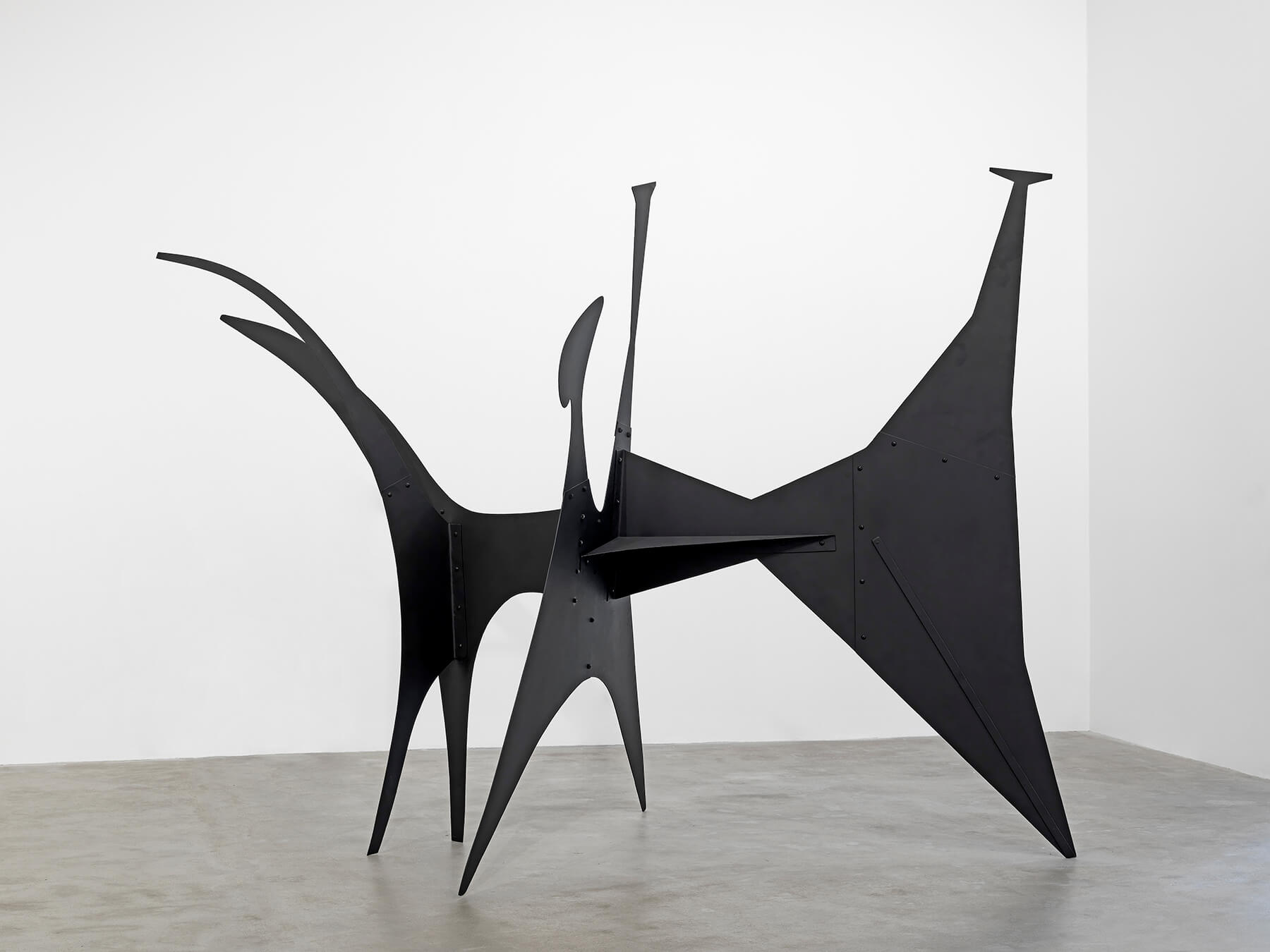
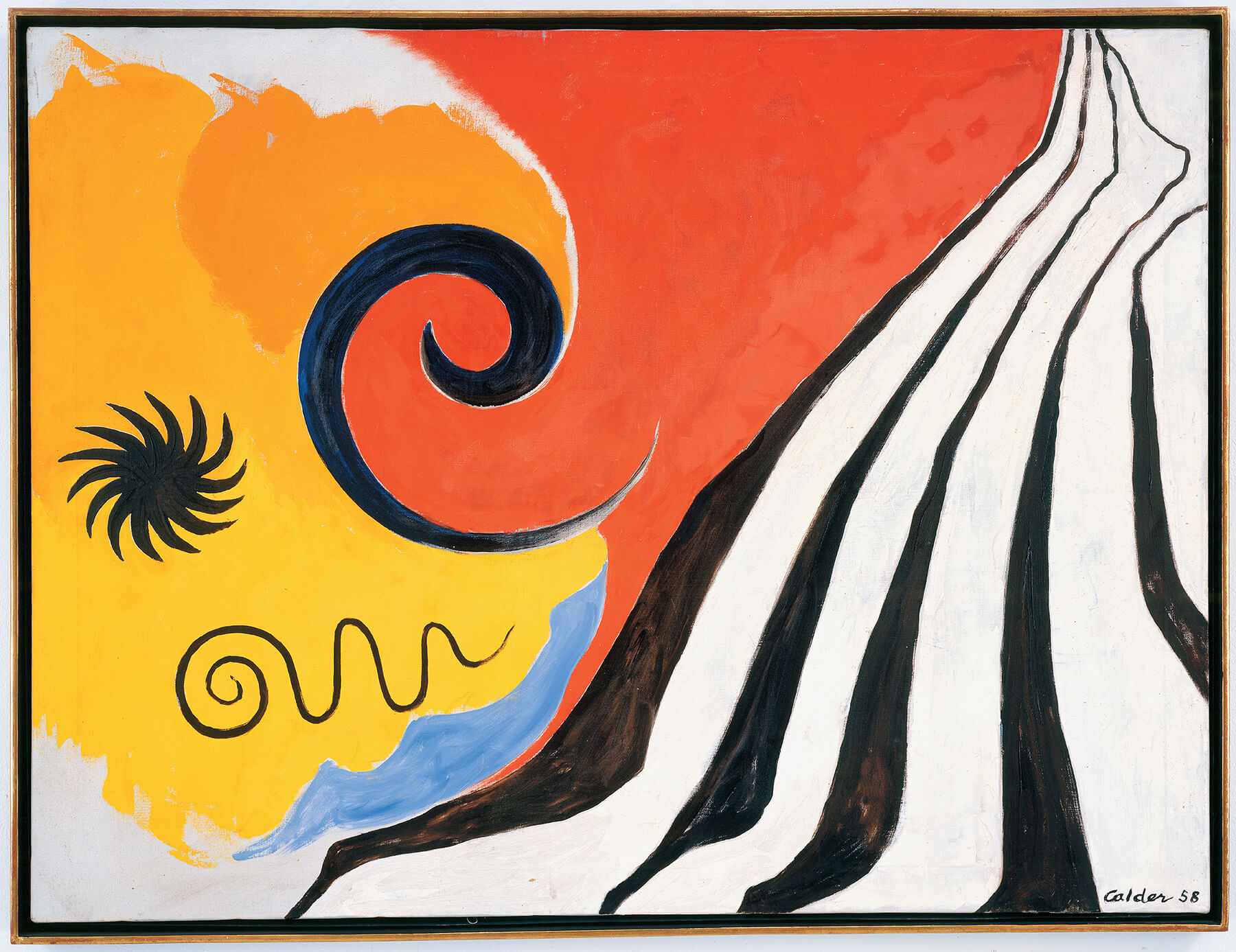
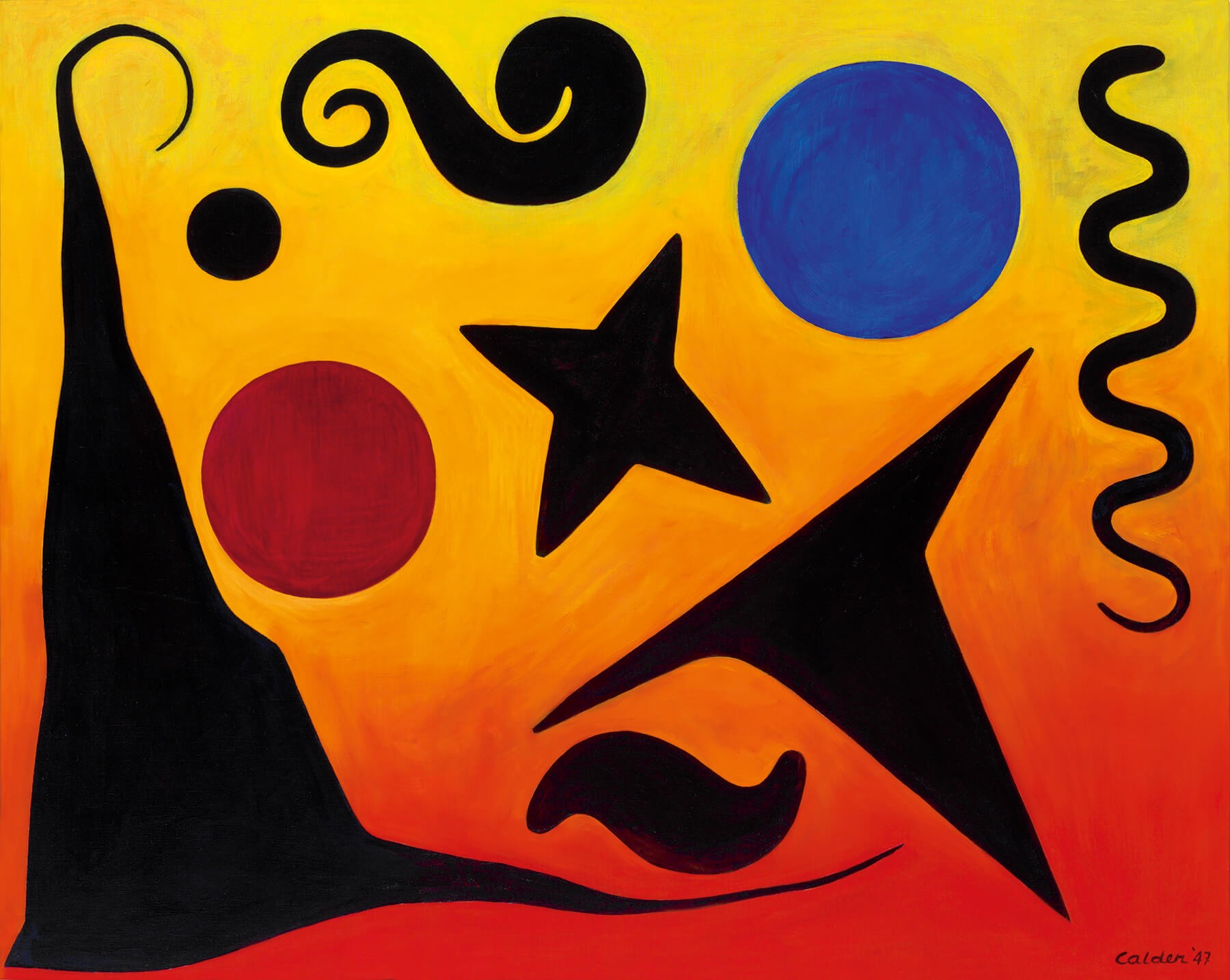
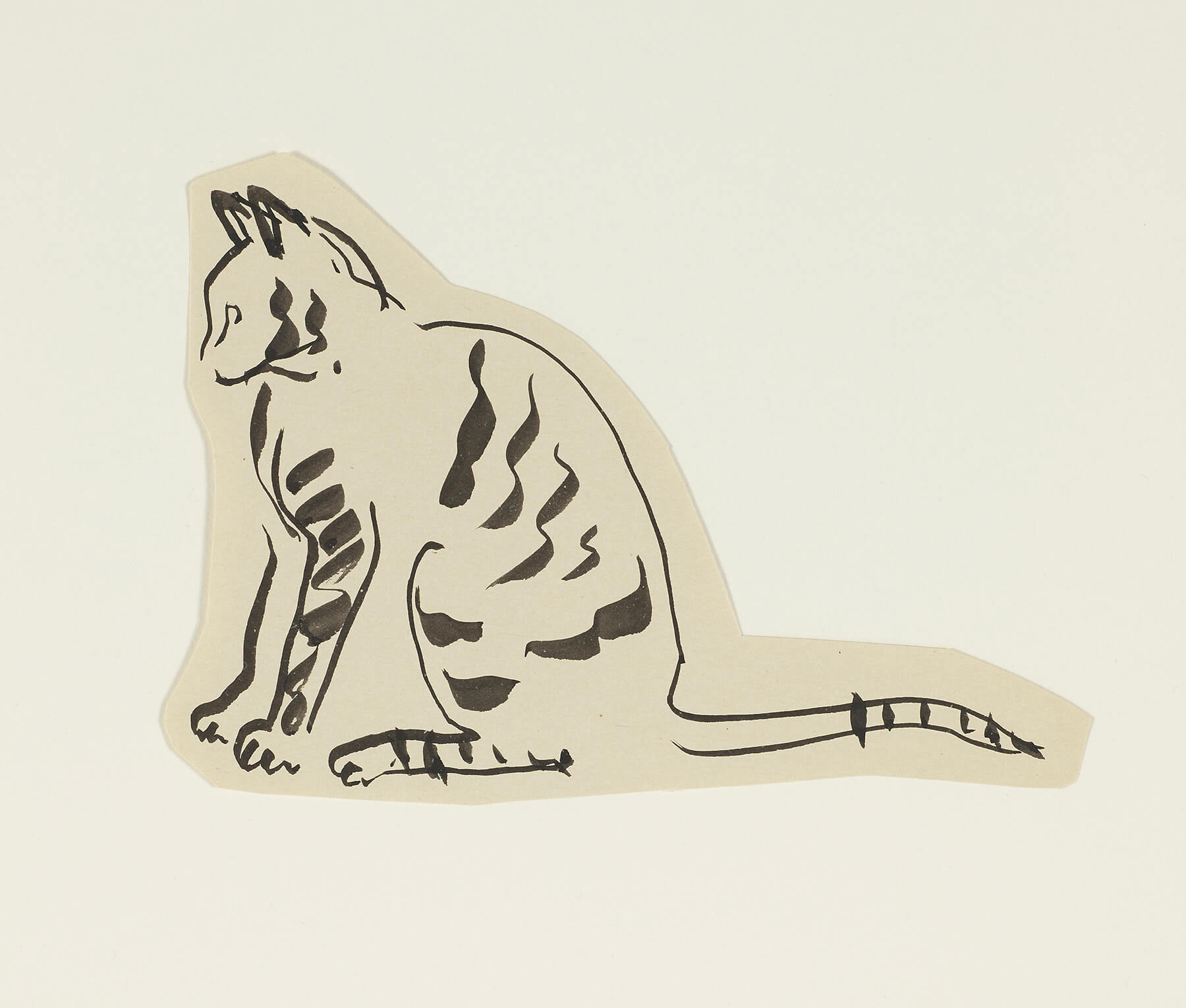
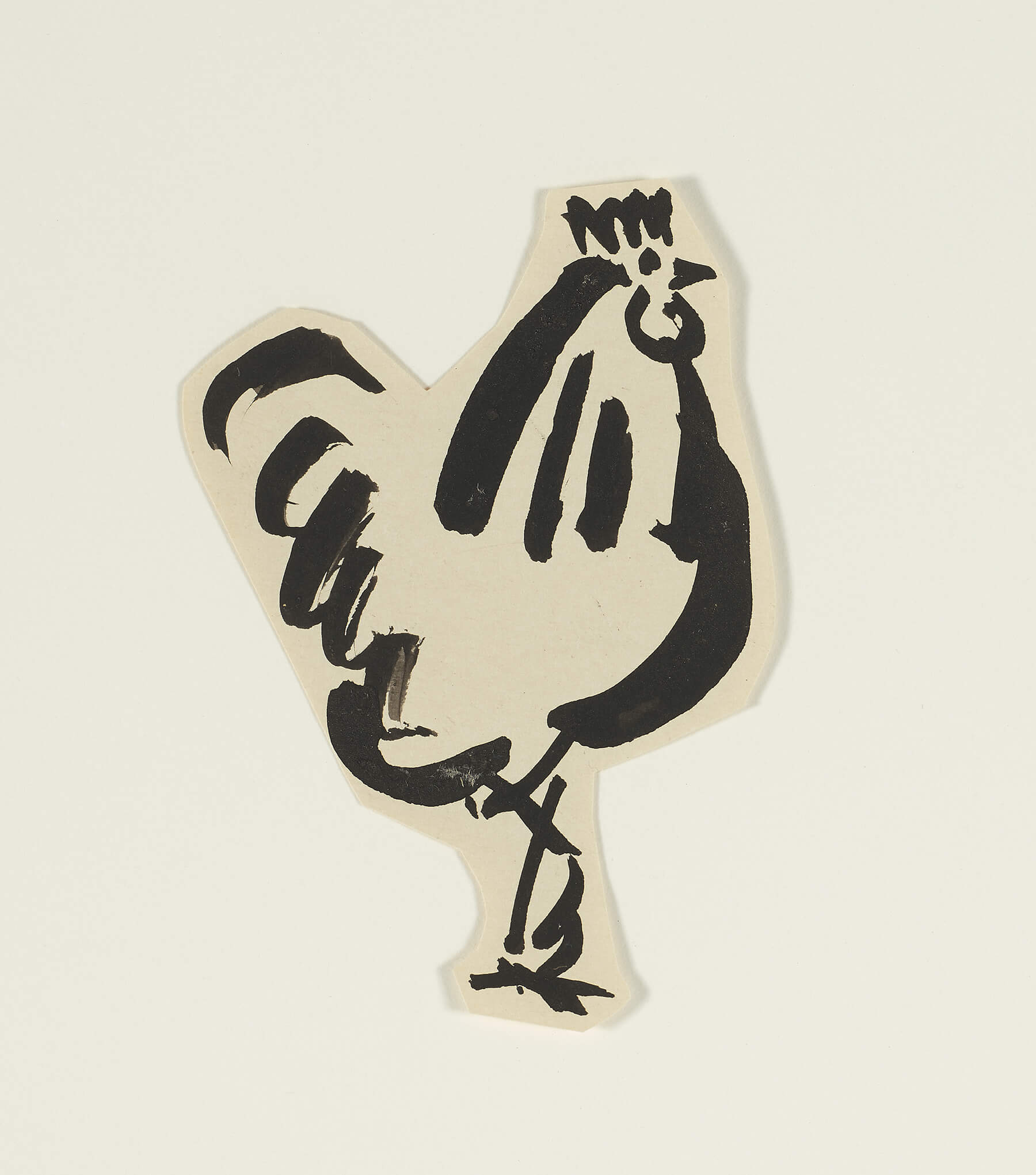
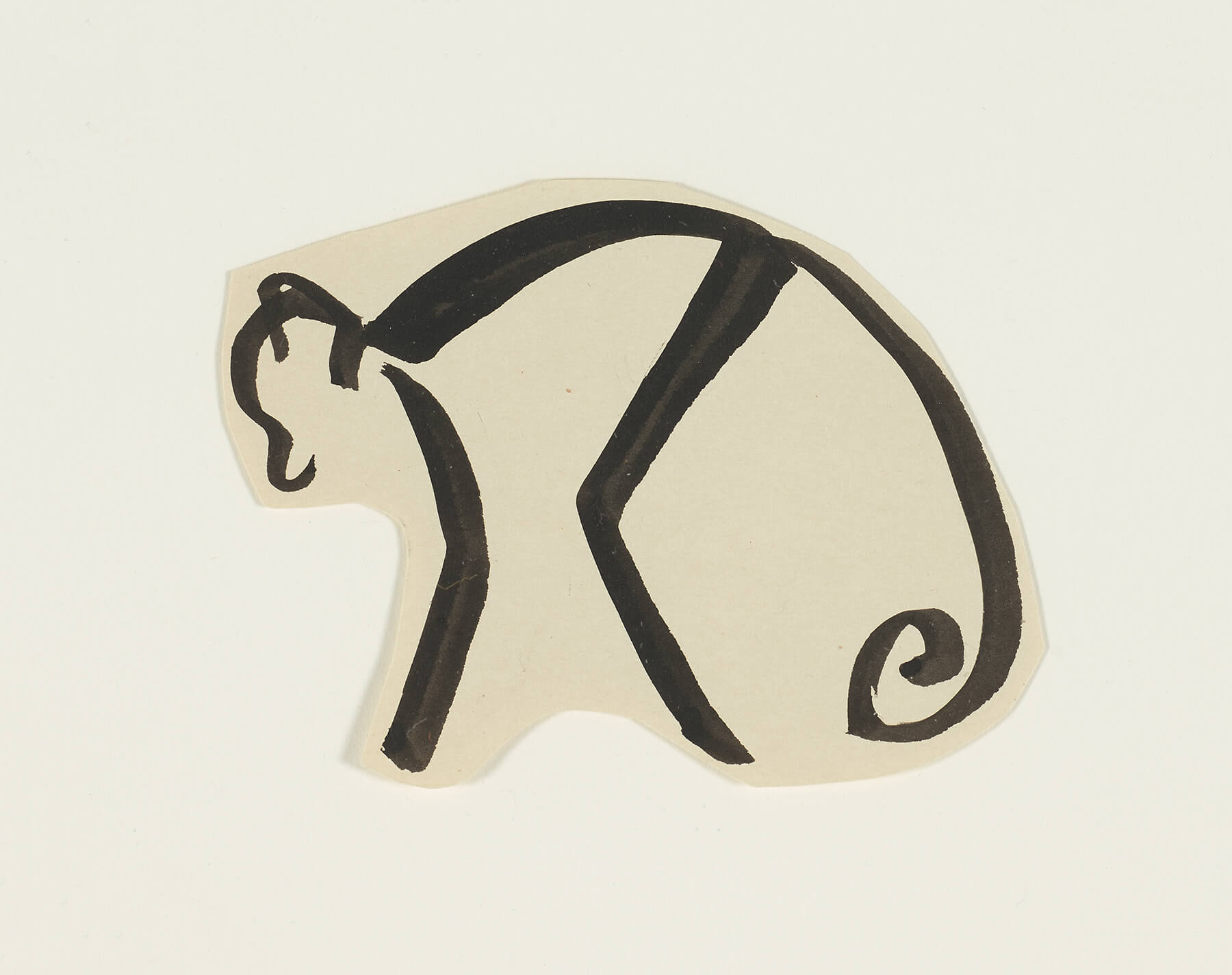
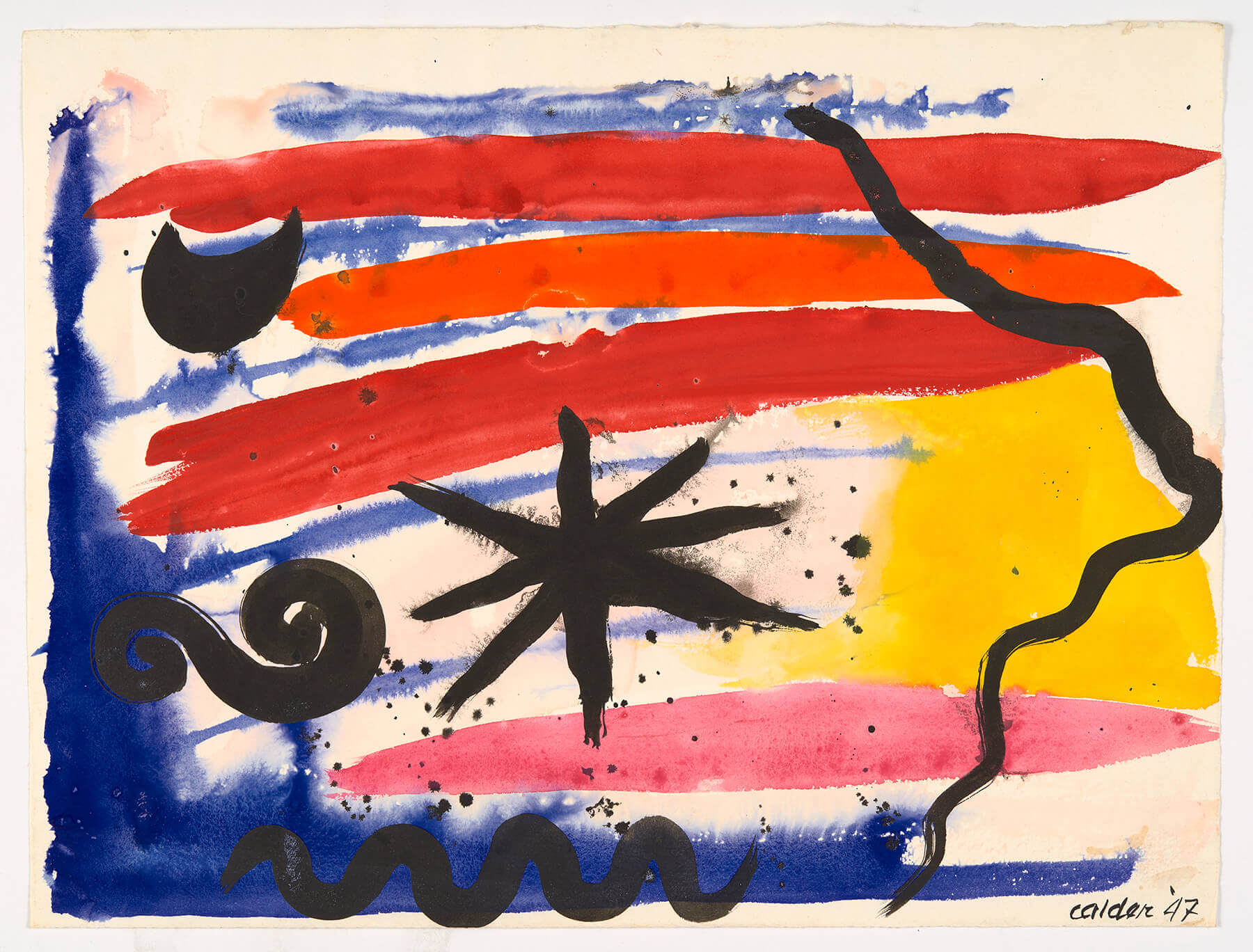
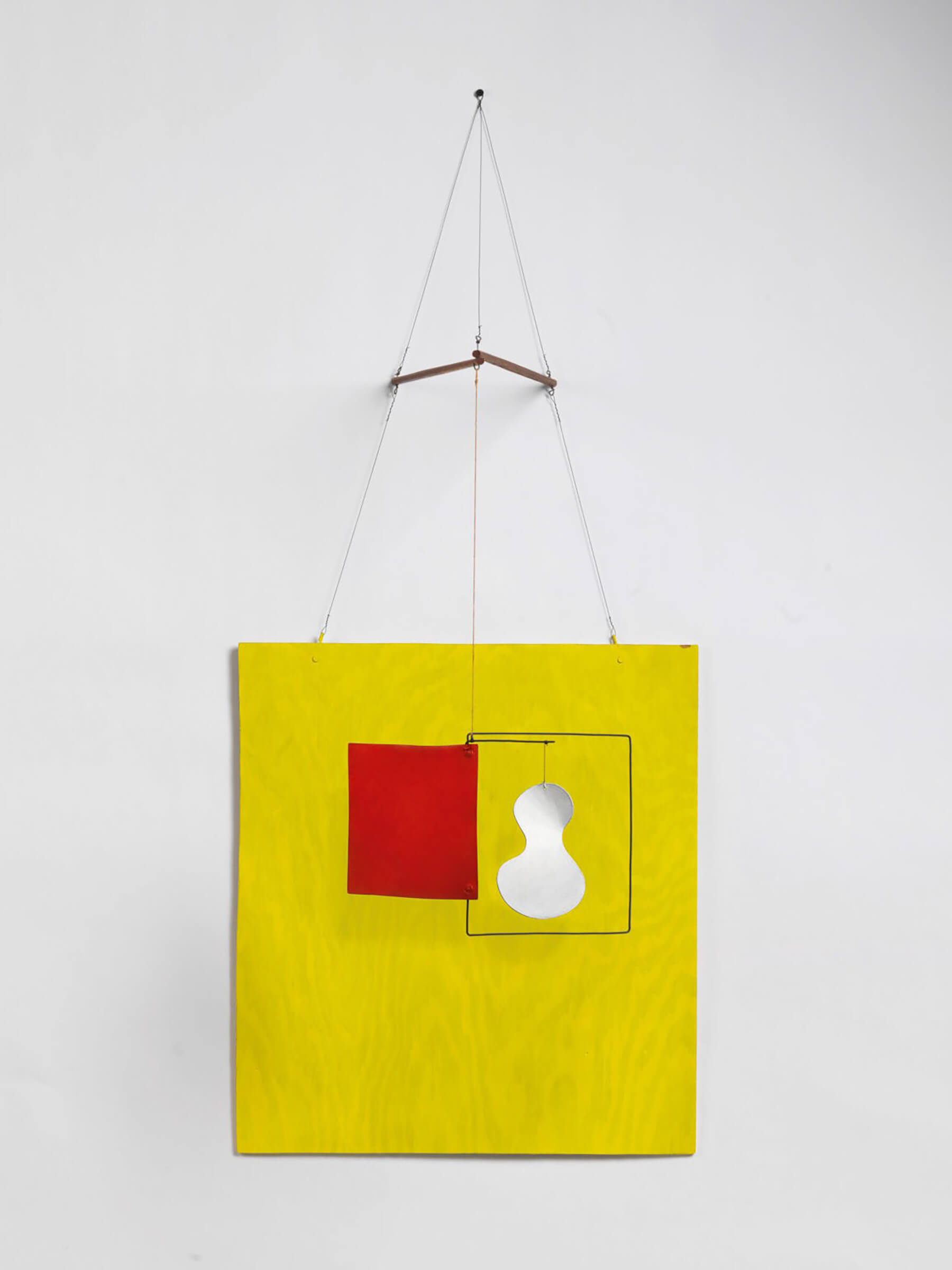
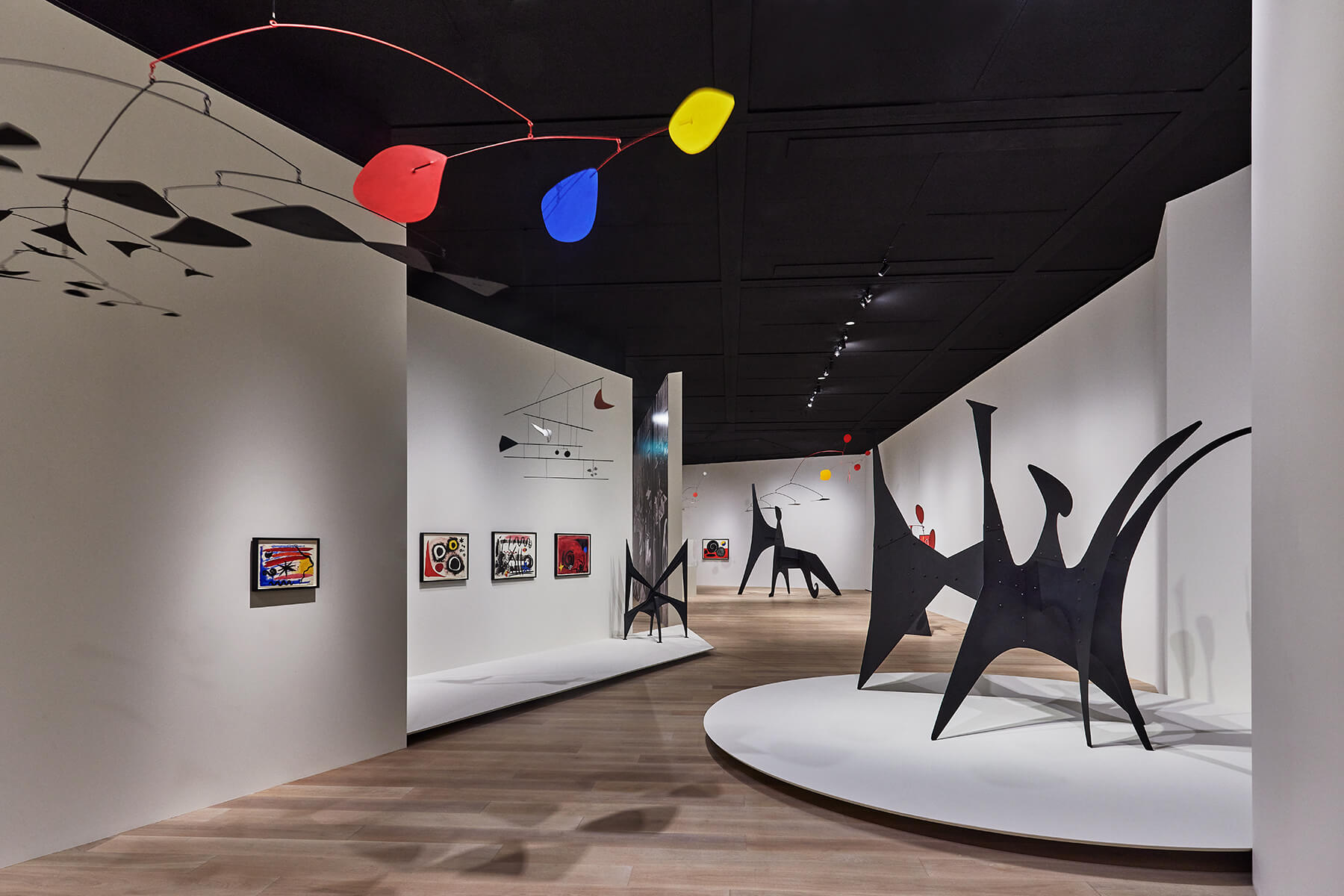
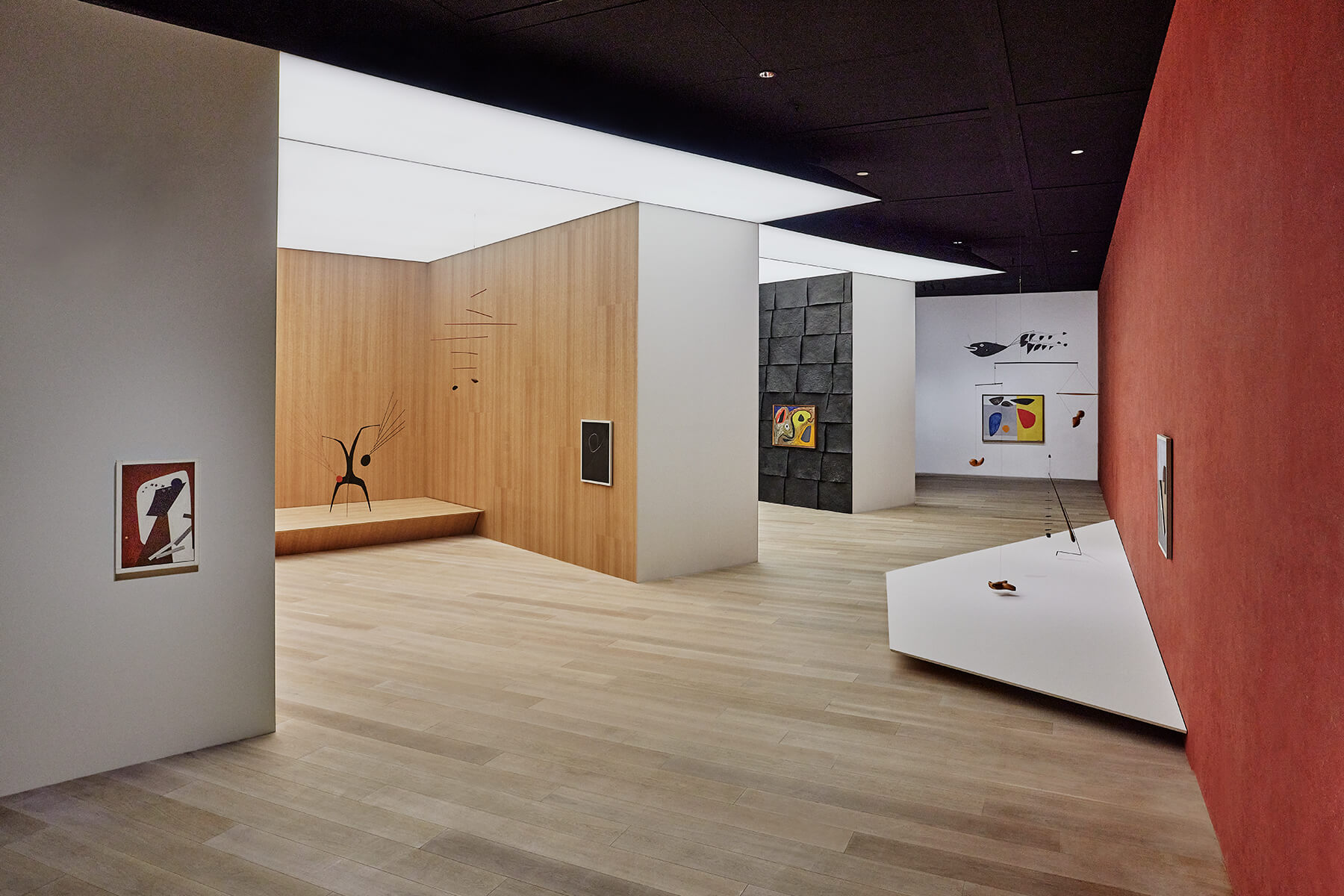
There’s a subtlety and grace in my grandfather’s work that resonates with Japanese traditions—and a deep regard for all things sublime and ephemeral. Calder: Un effet du japonais will celebrate the ways in which his mobiles, stabiles, and standing mobiles create a space for contemplation and acts of self-creation. The curatorial process was an intuitive one, guided by Calder’ s lifelong admiration for Japanese aesthetics and culture—and the ways in which he worked with the freedom of disparity, asymmetry, and a kind of approximation.
Alexander S. C. Rower